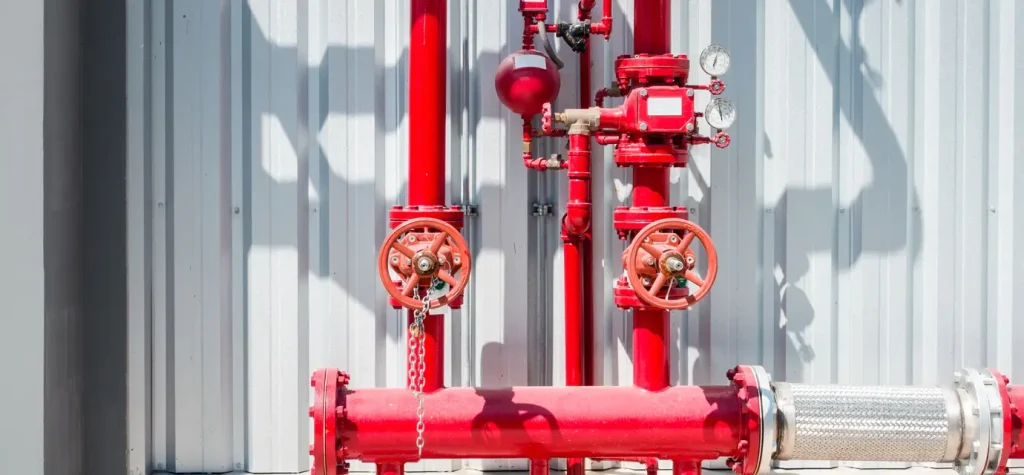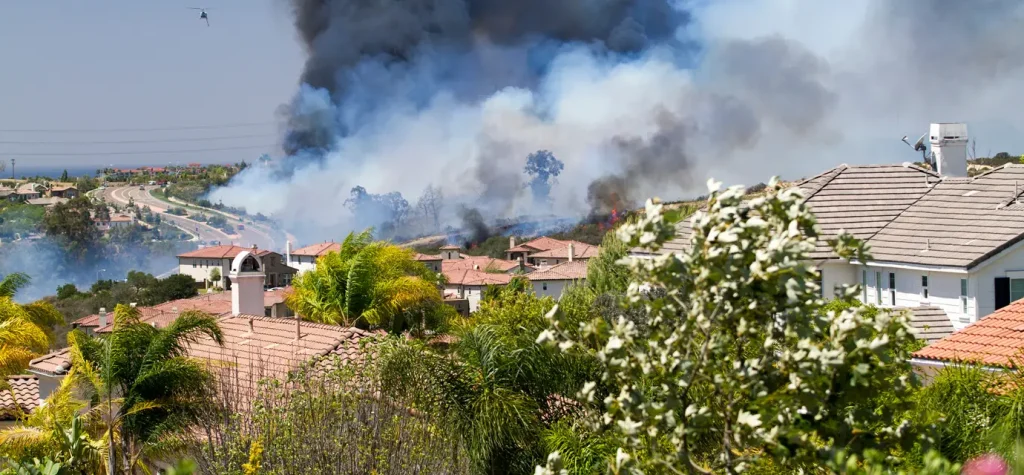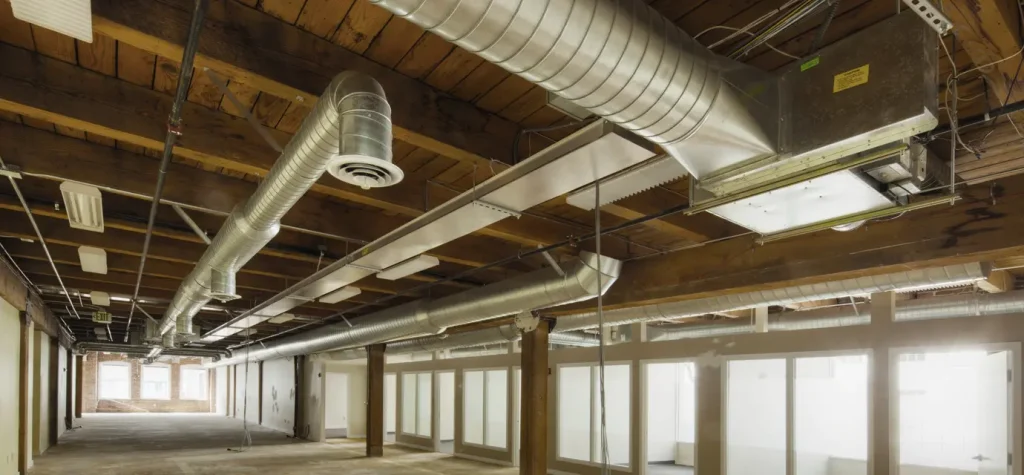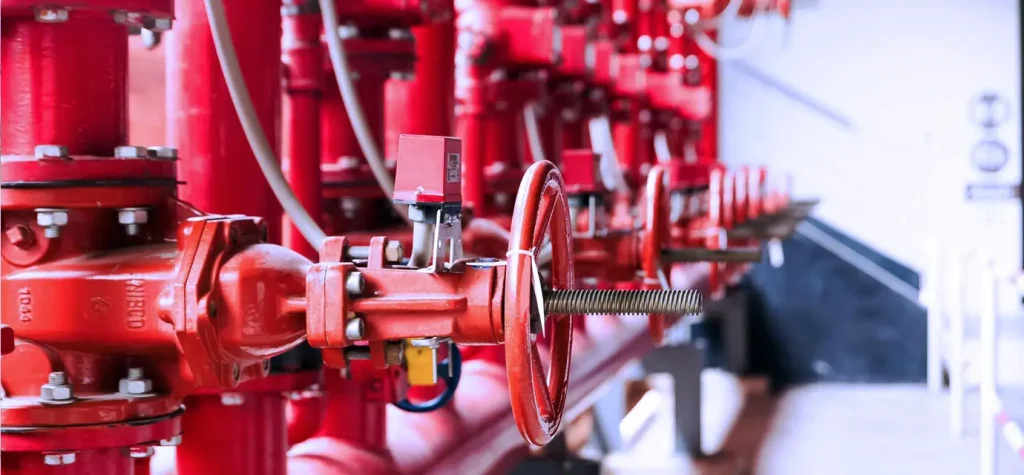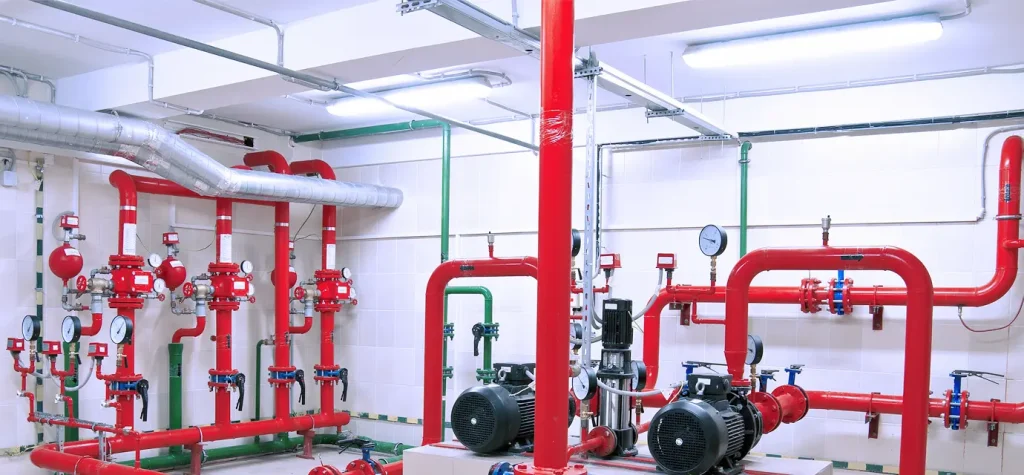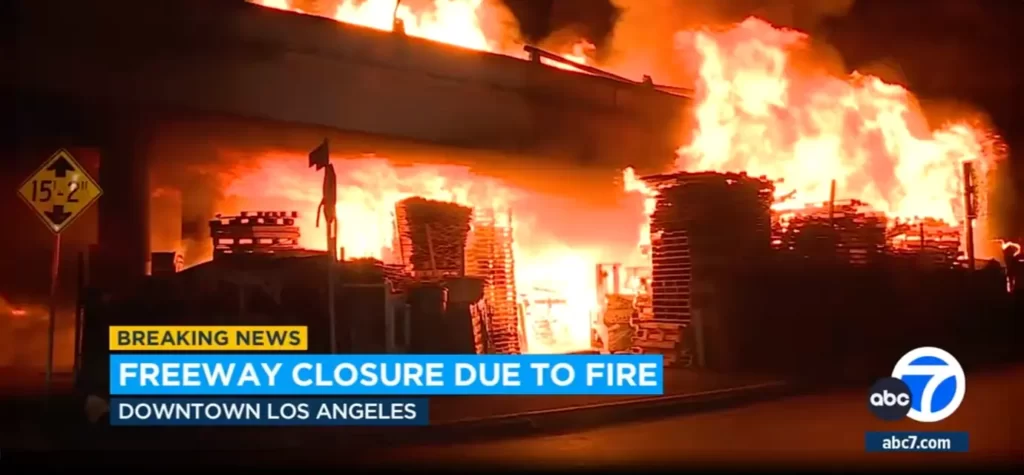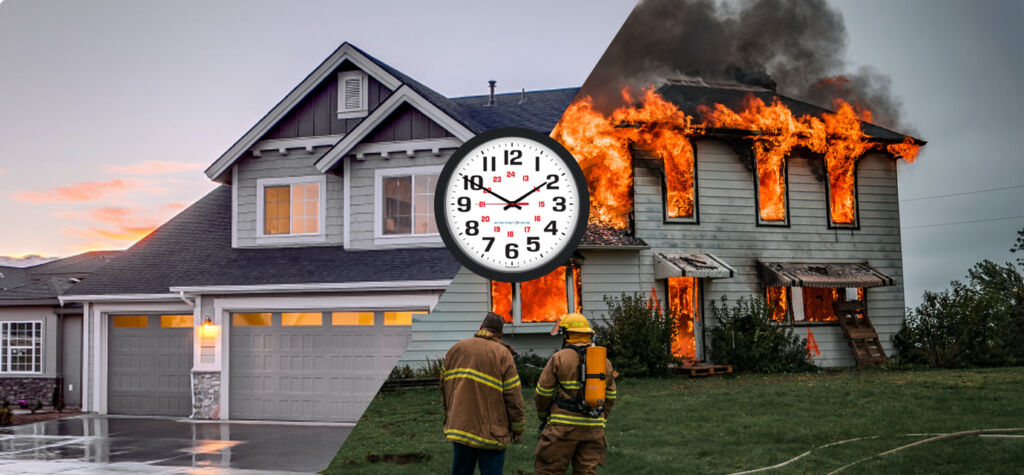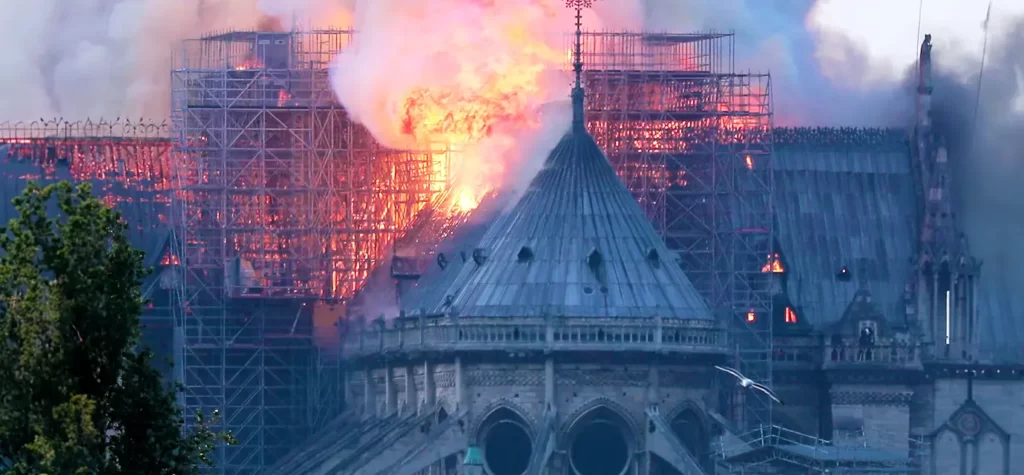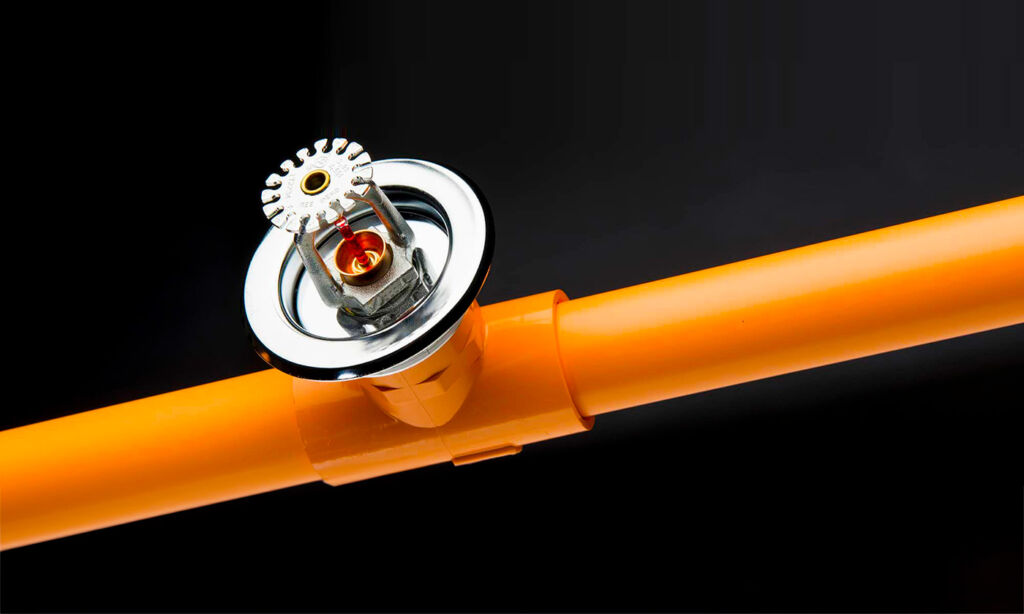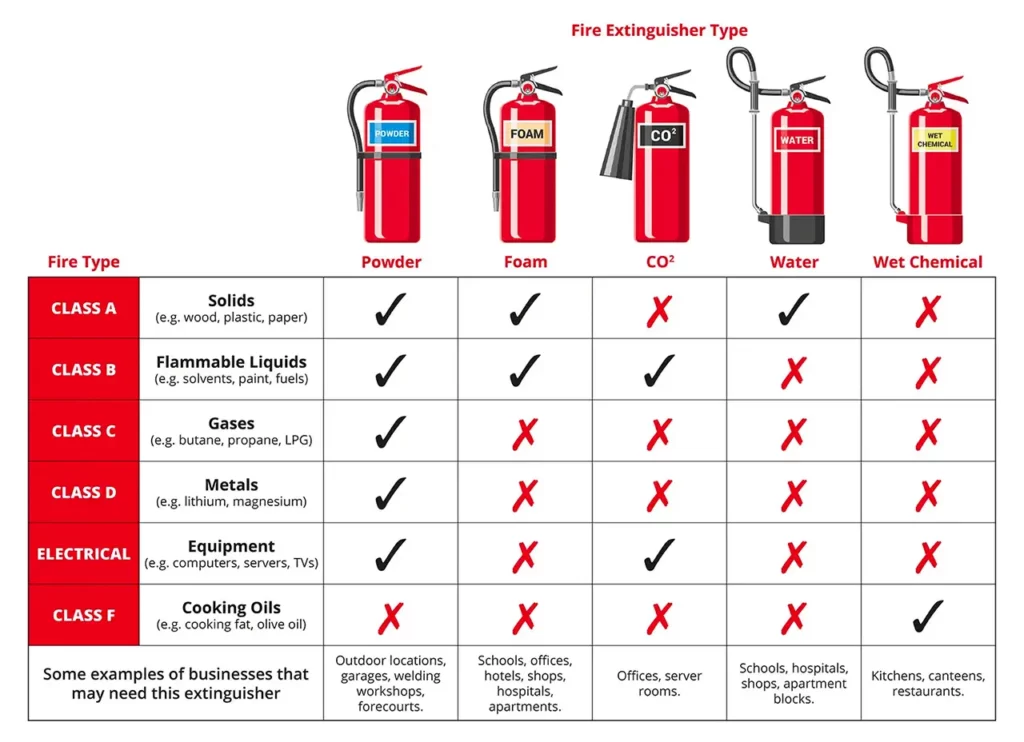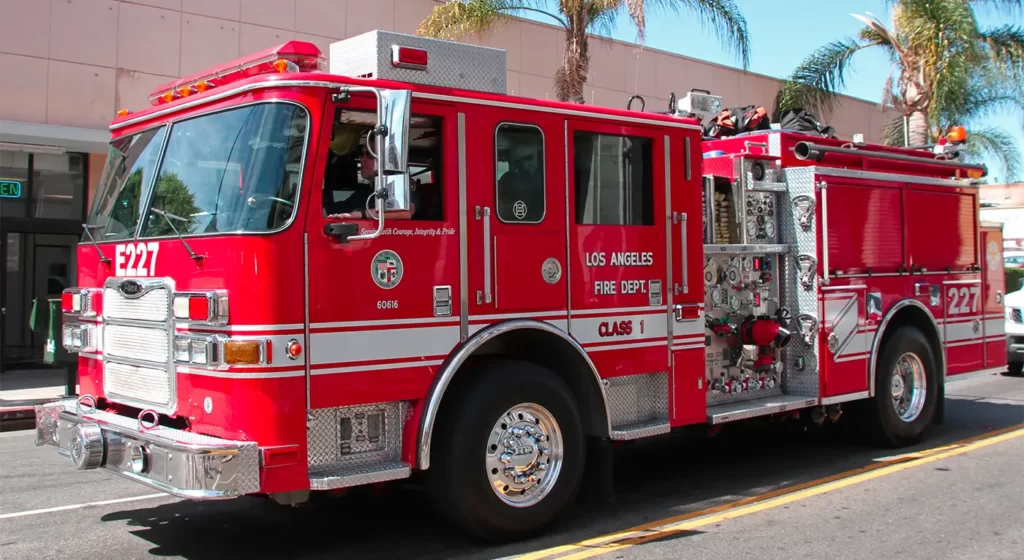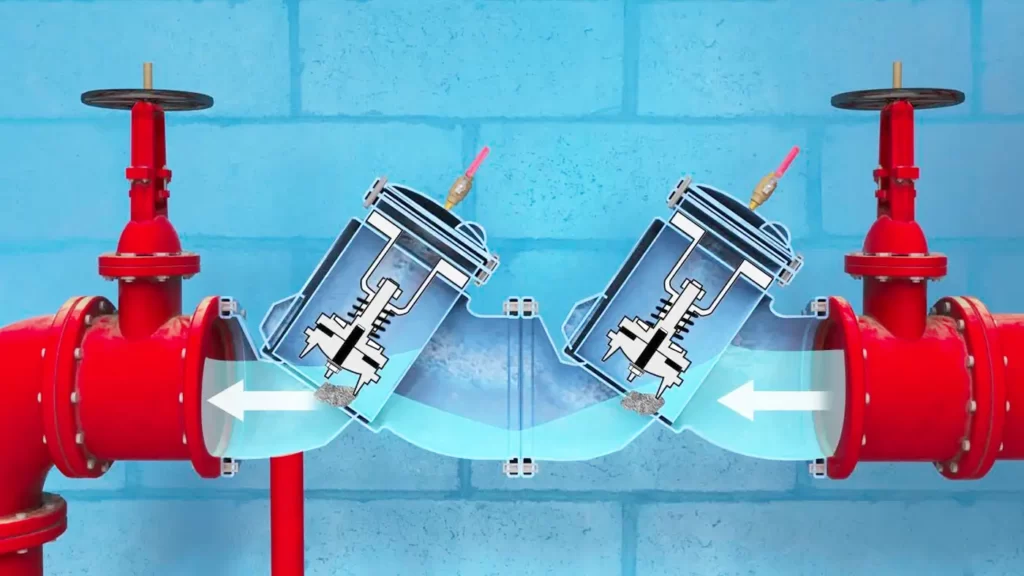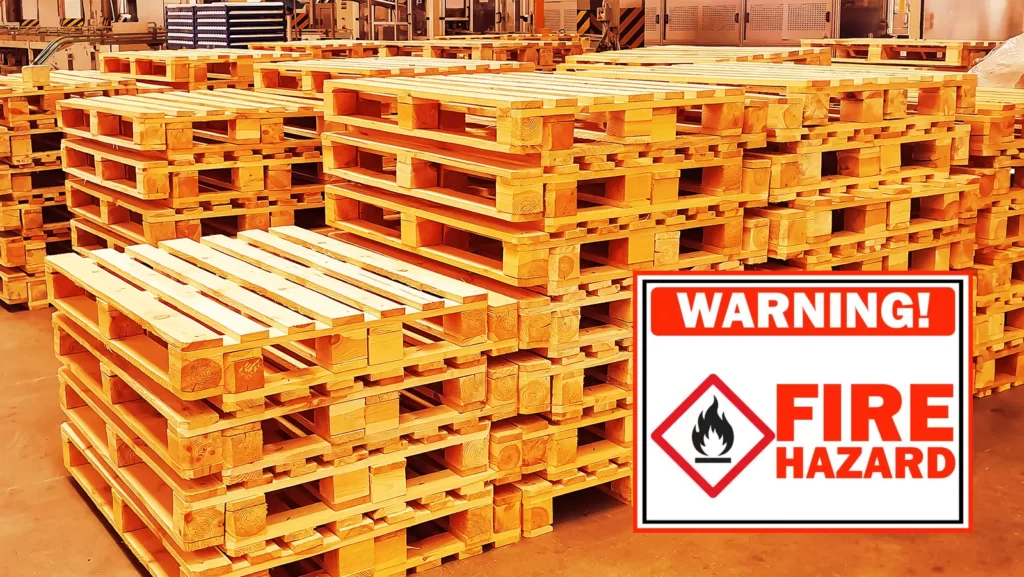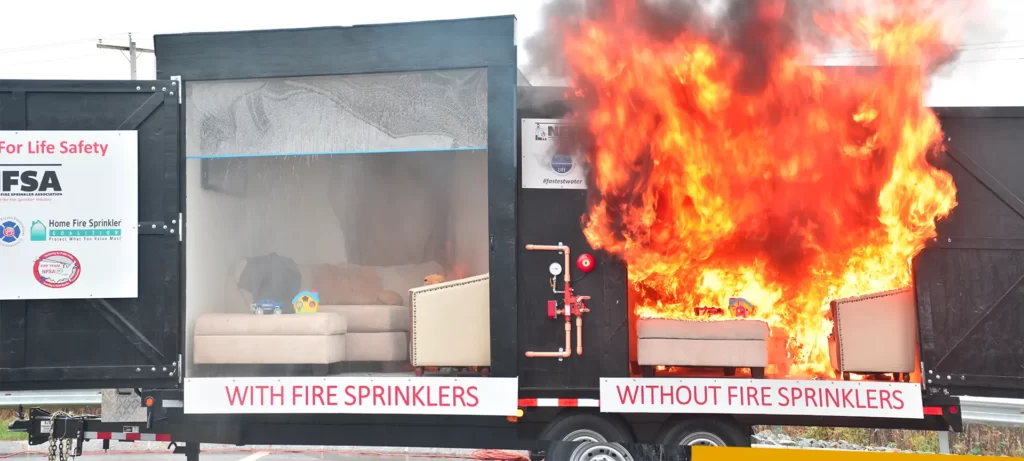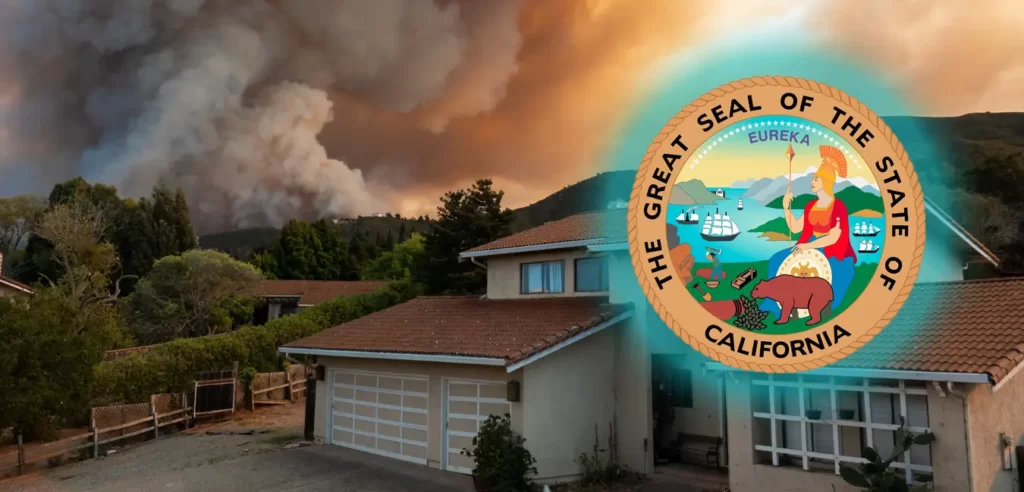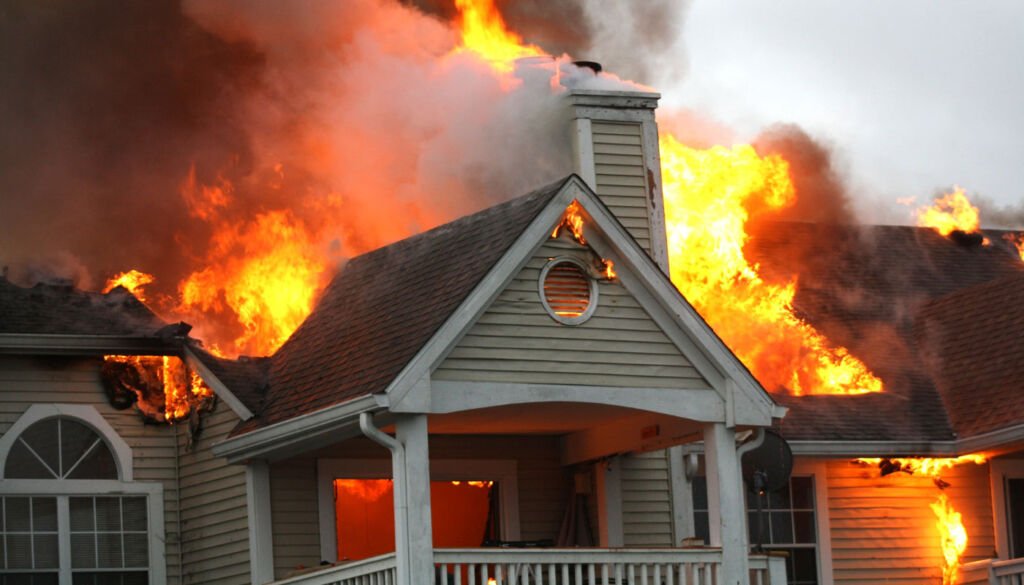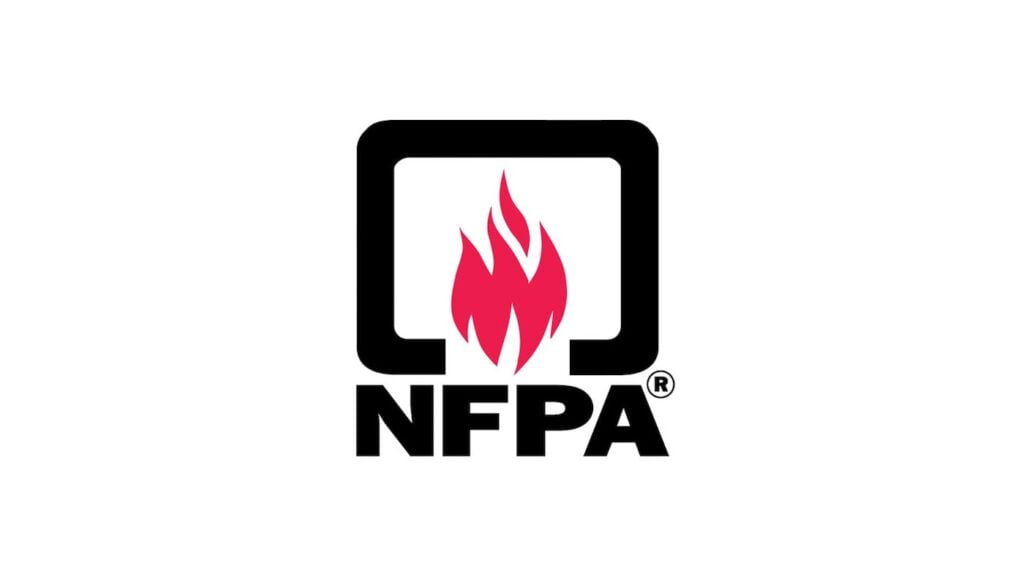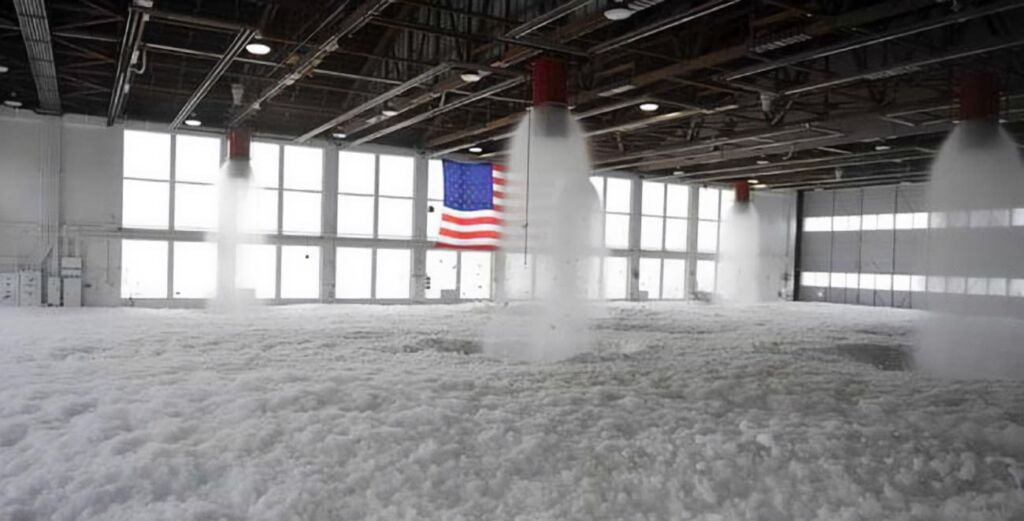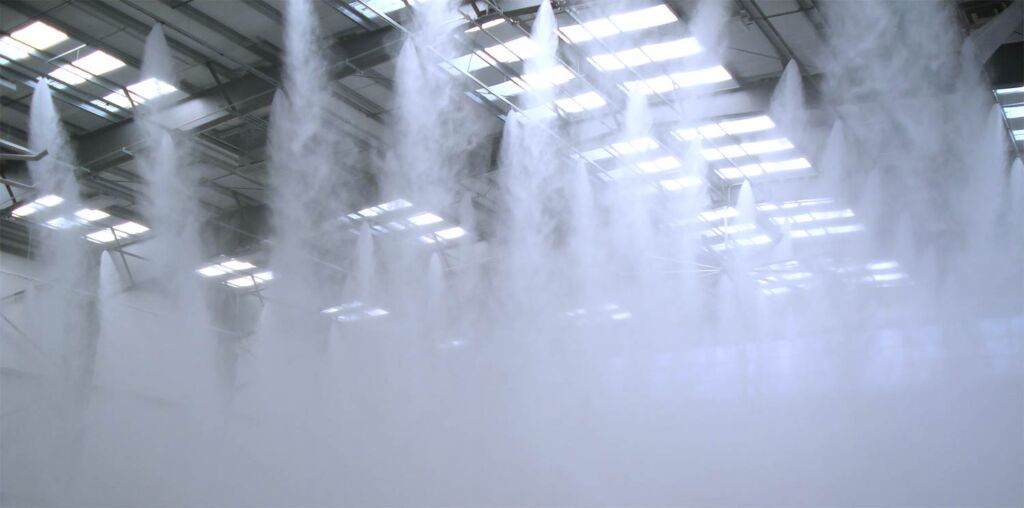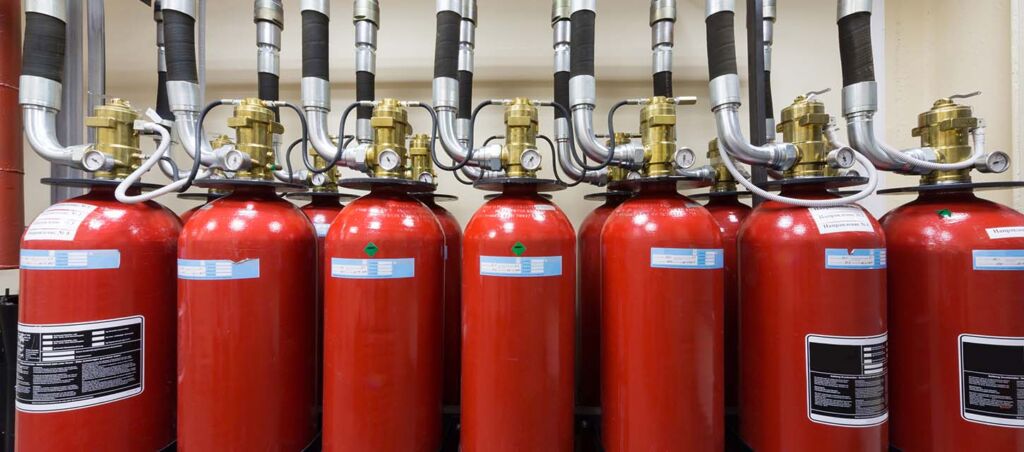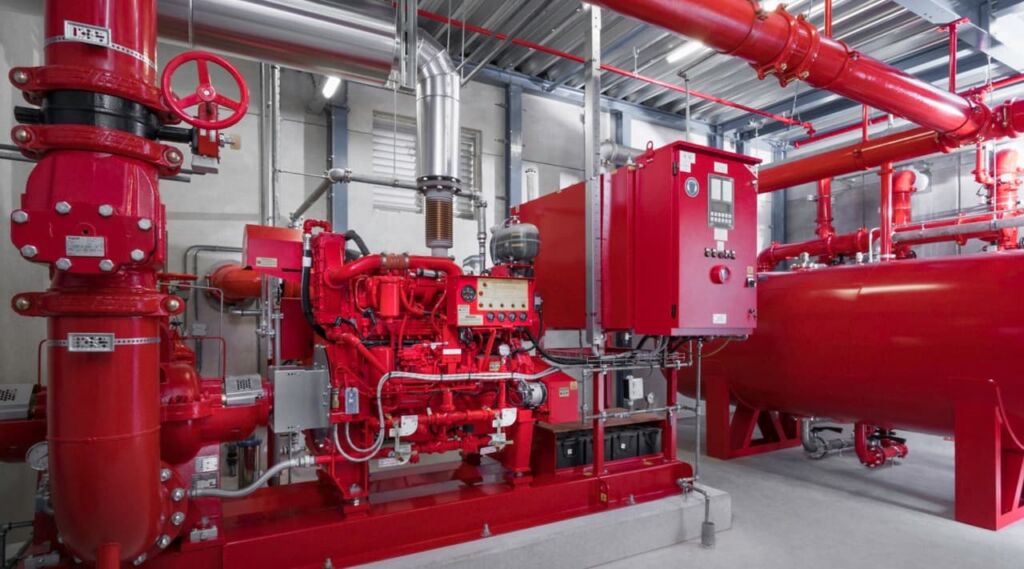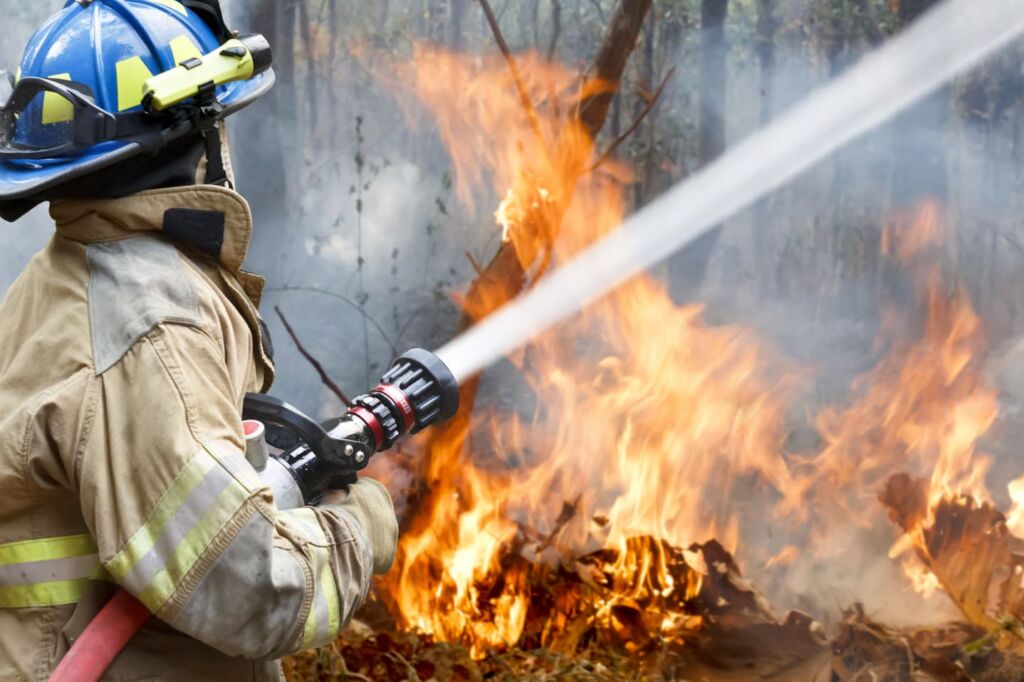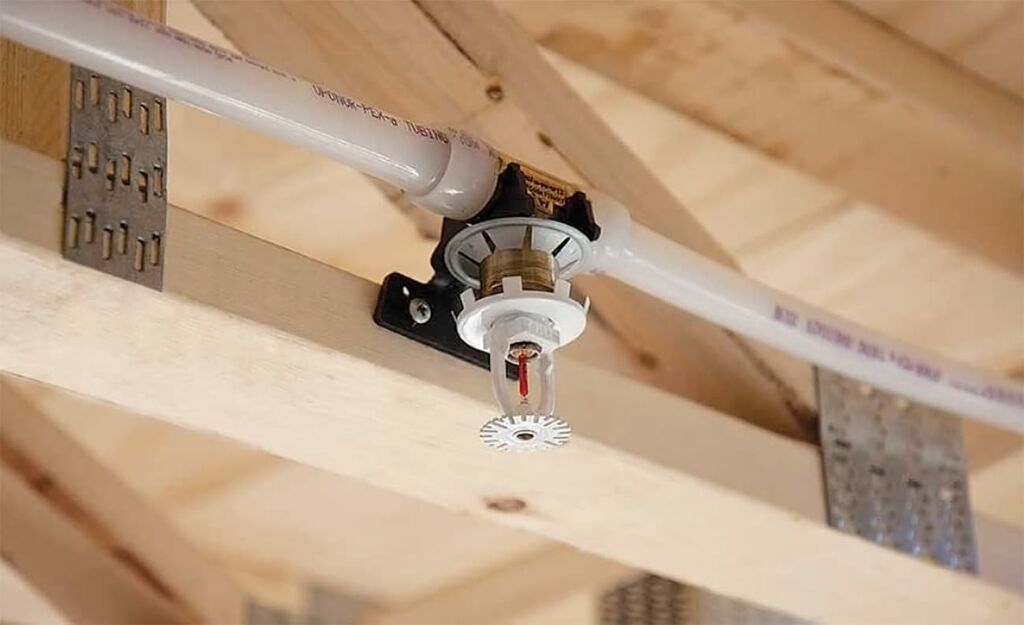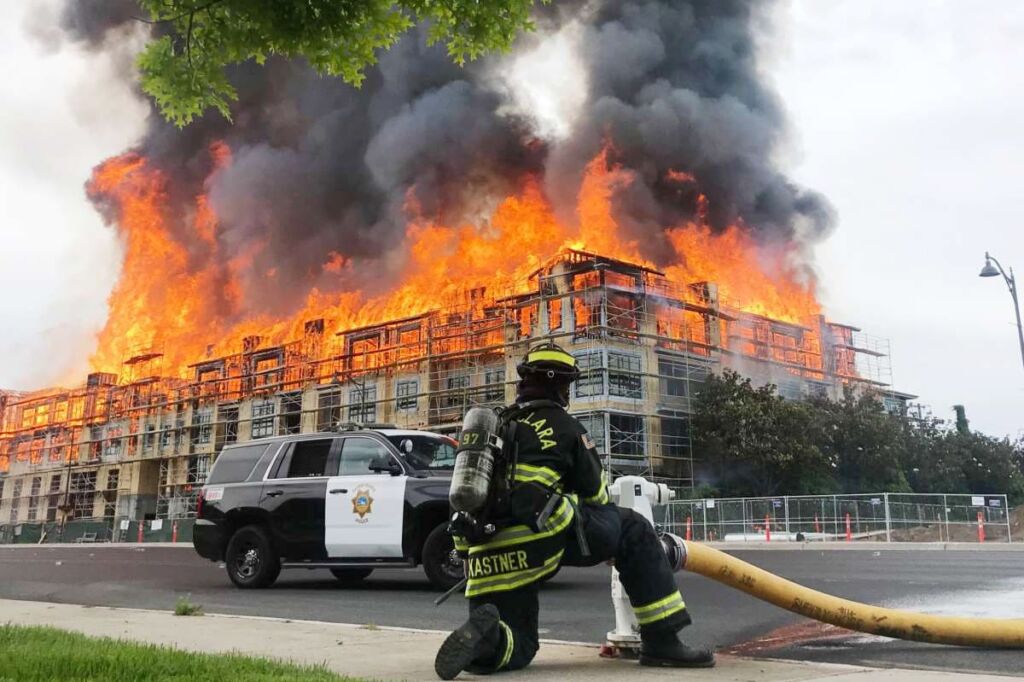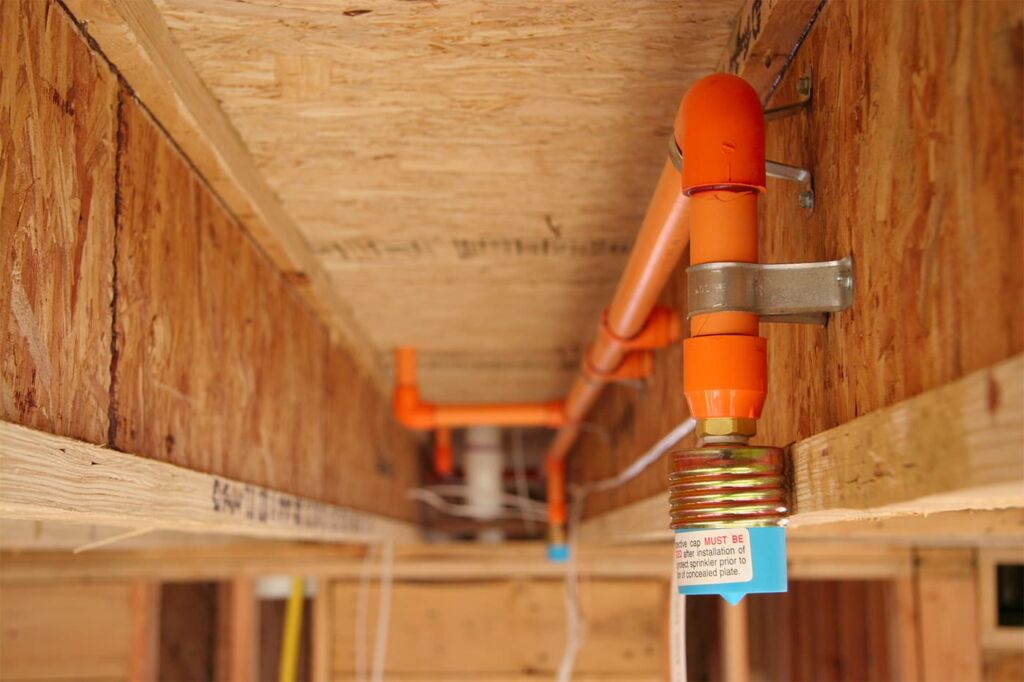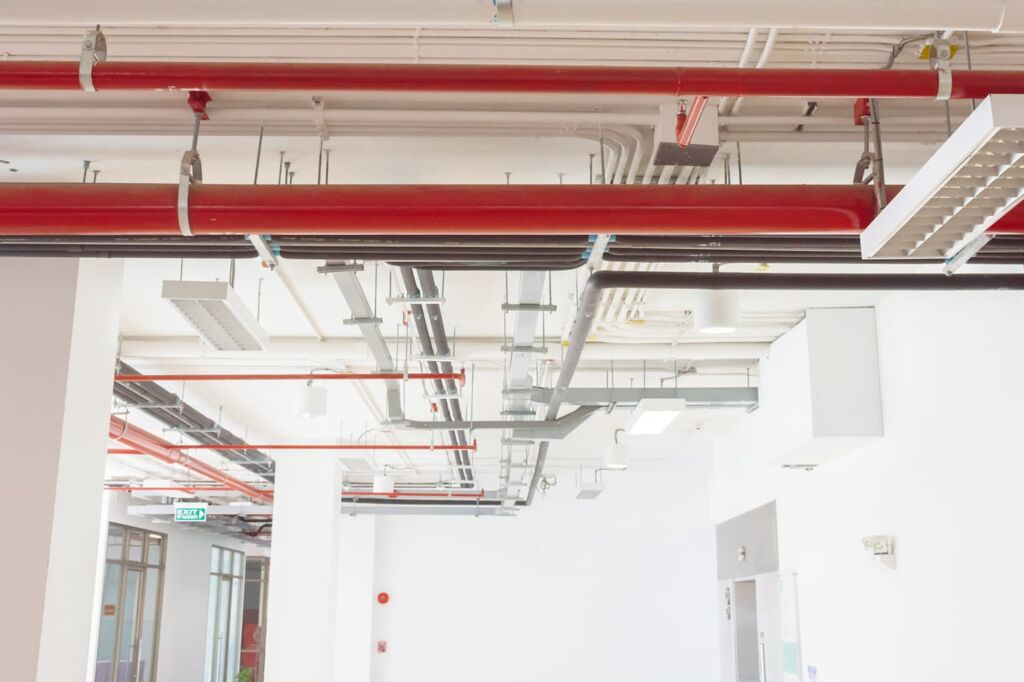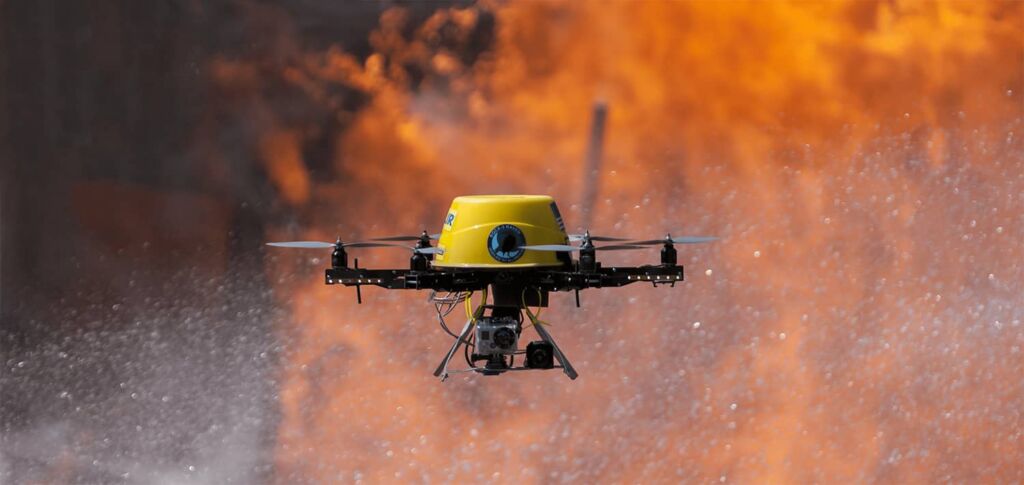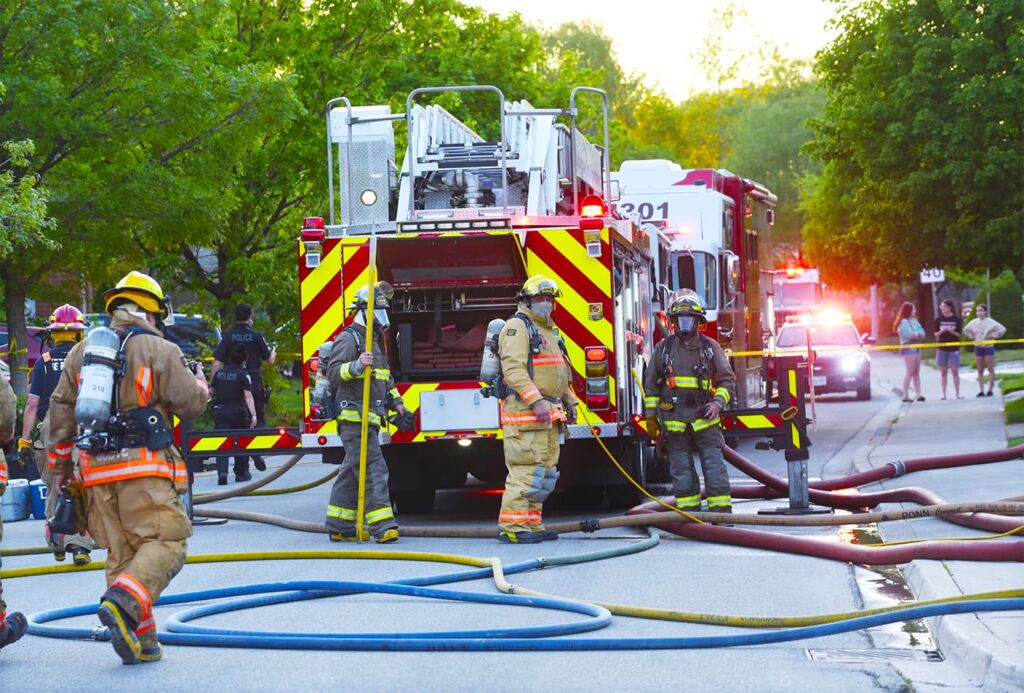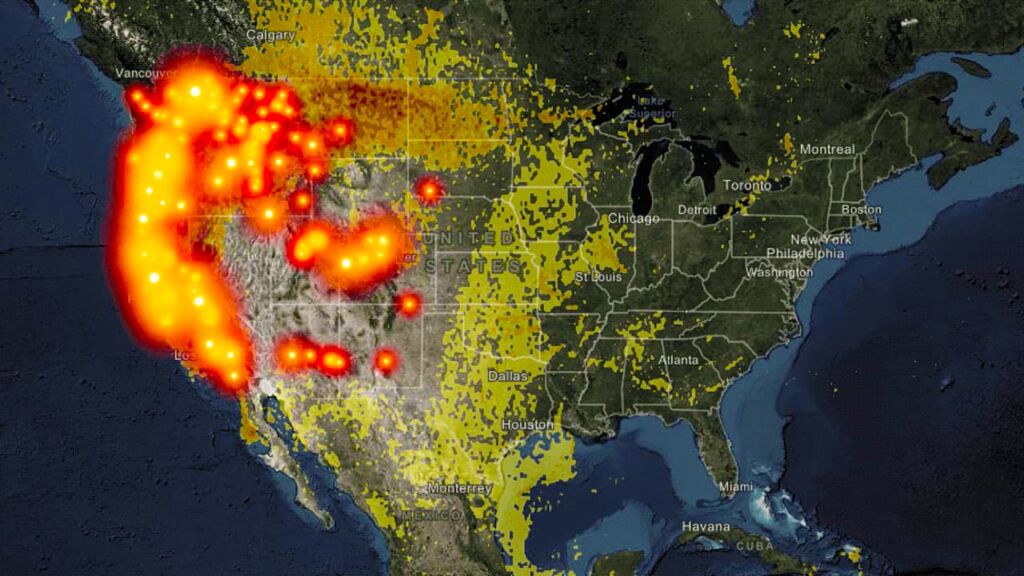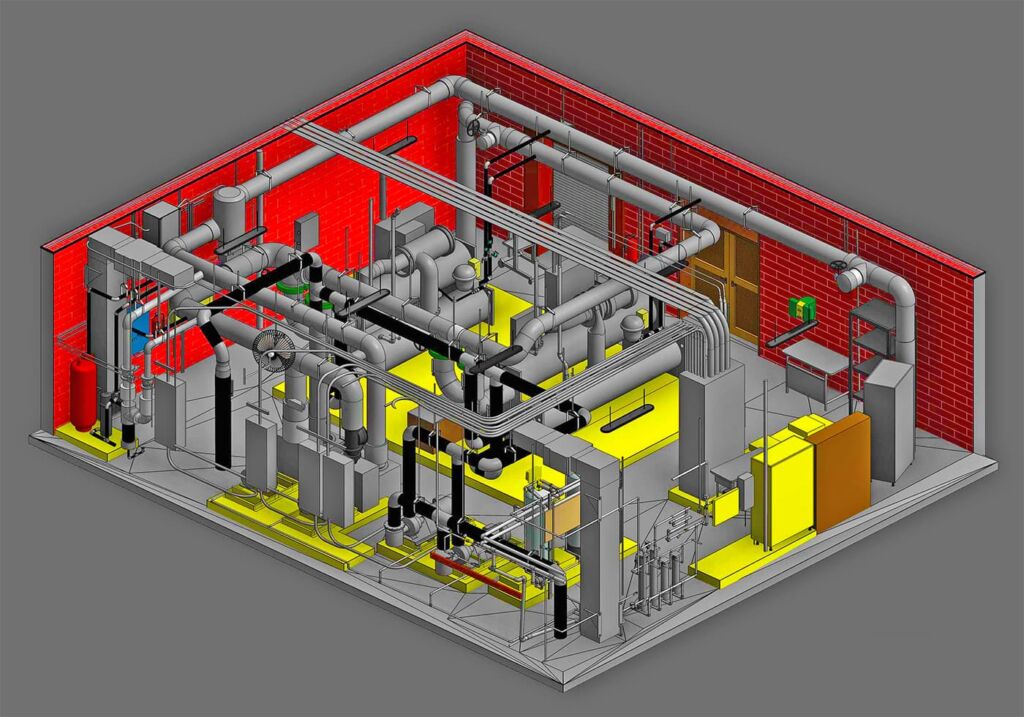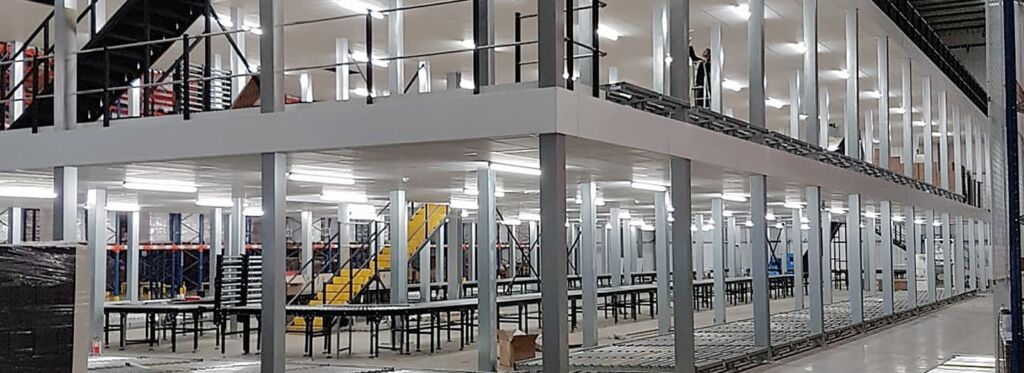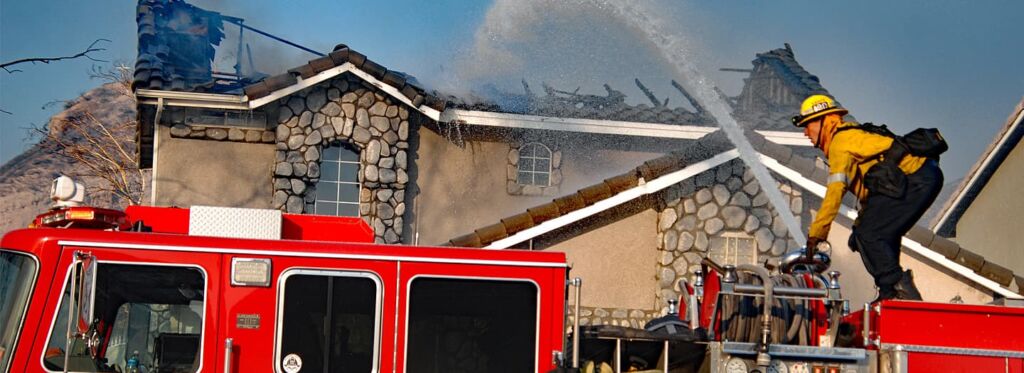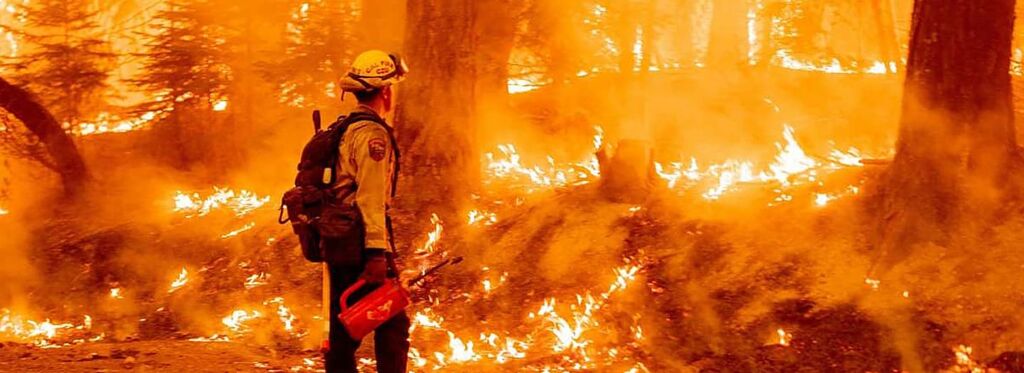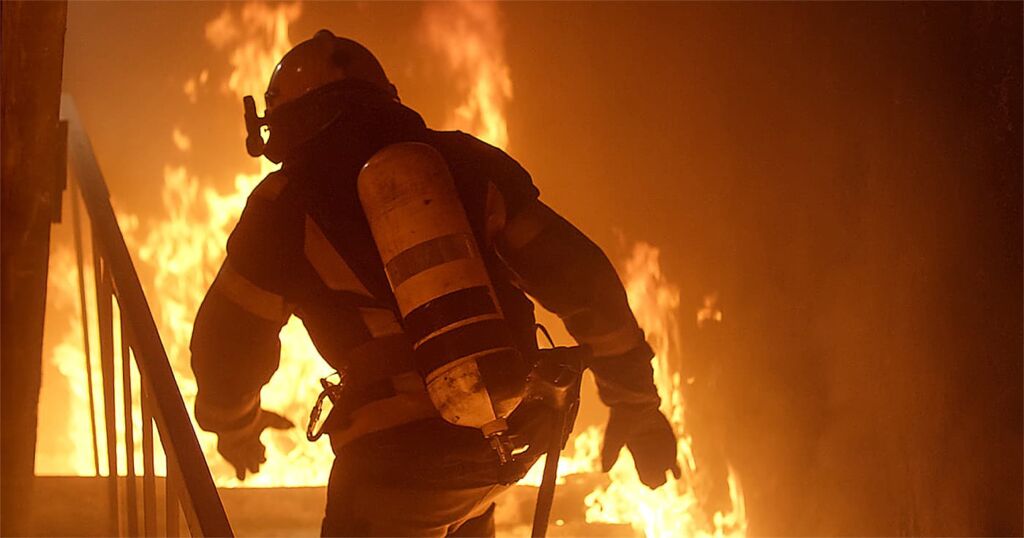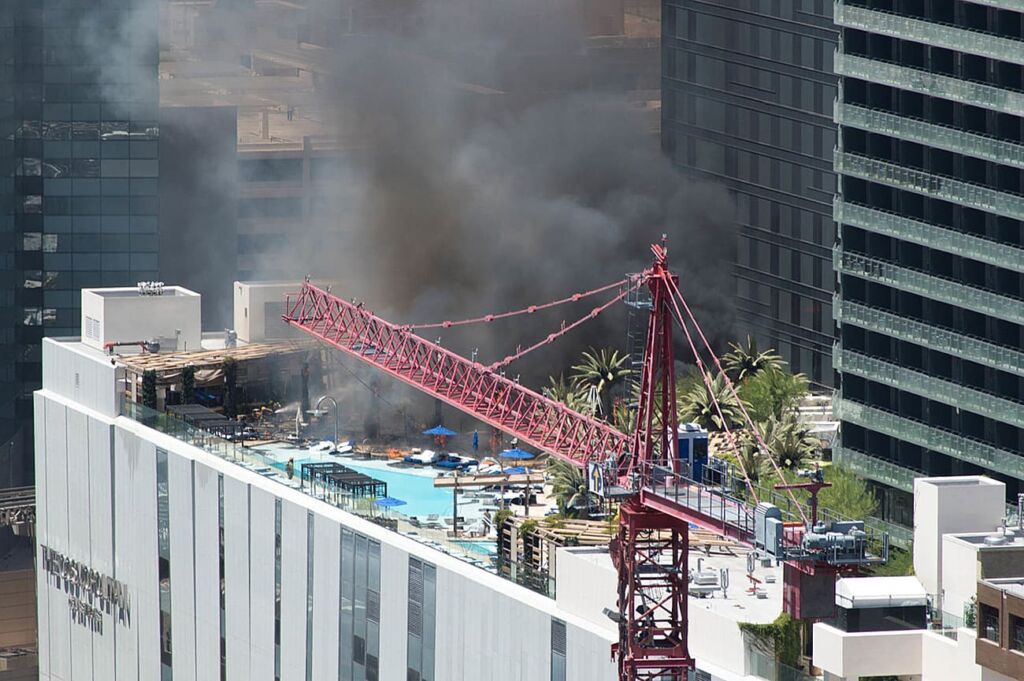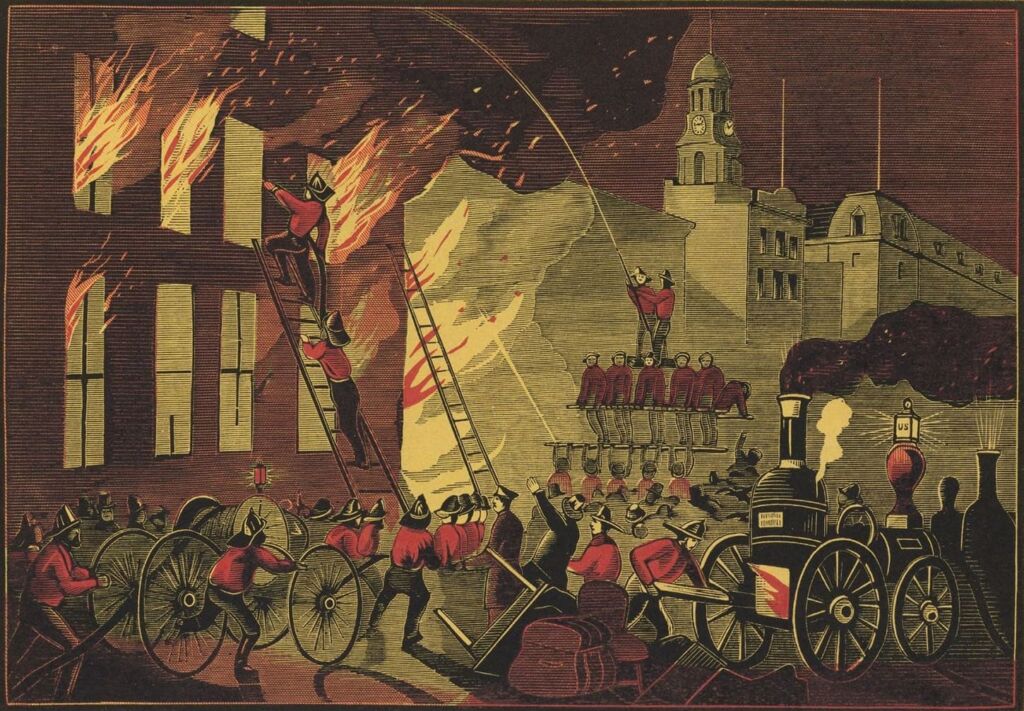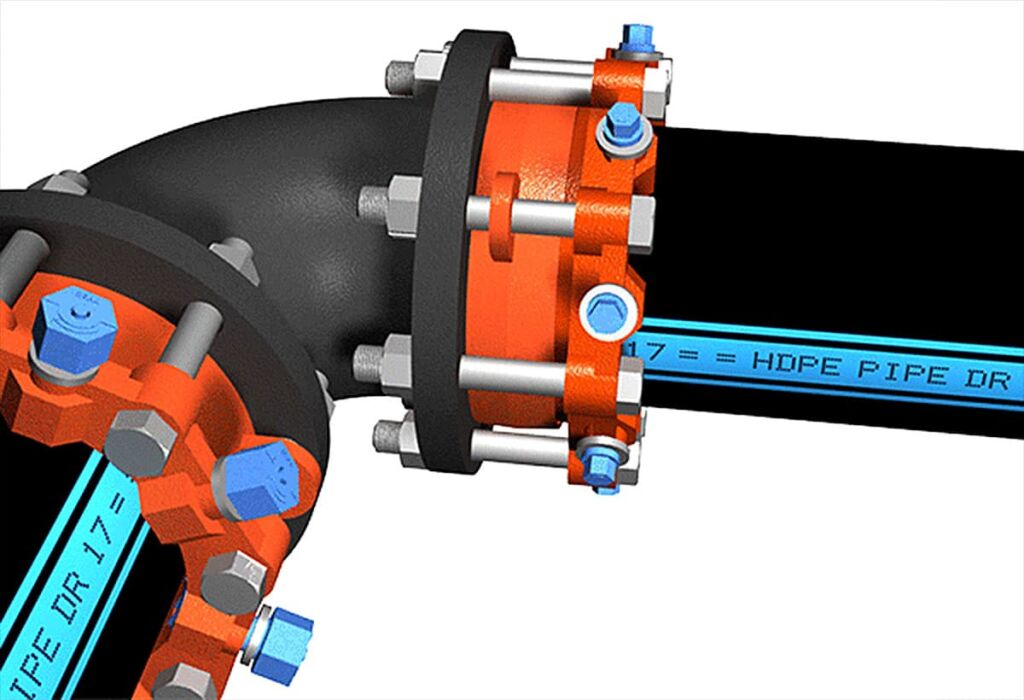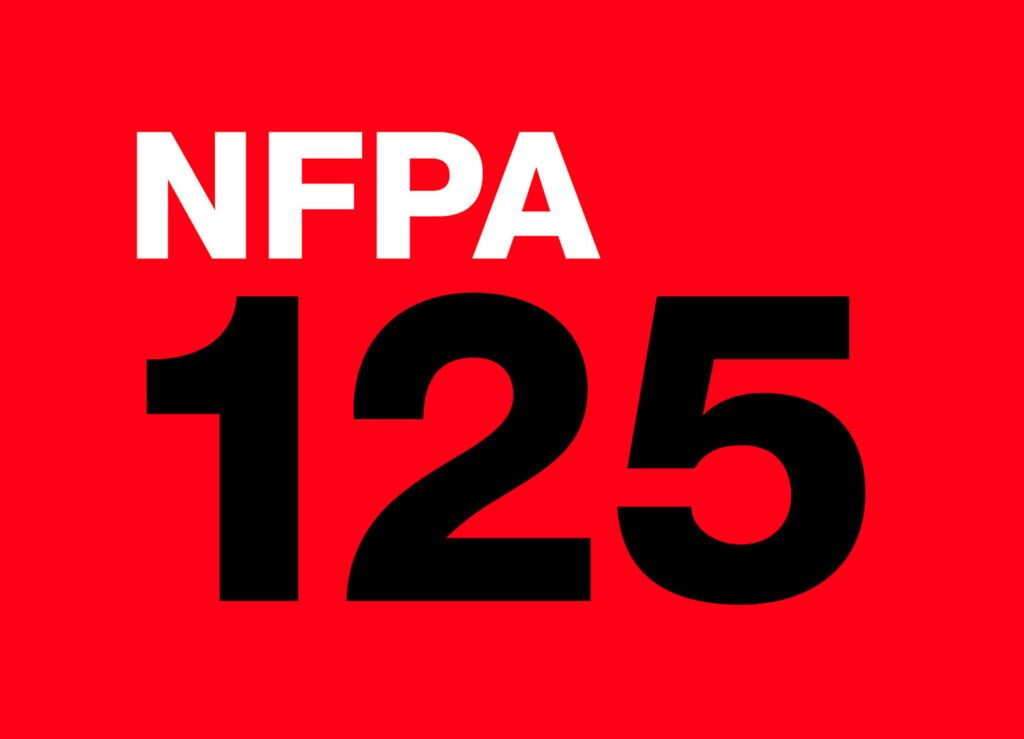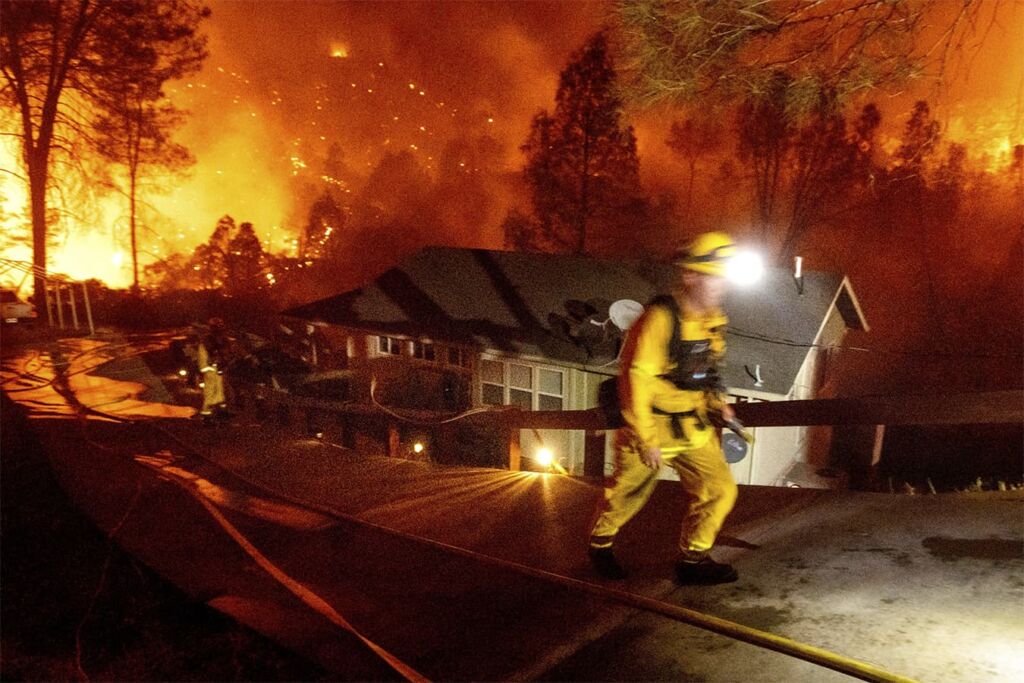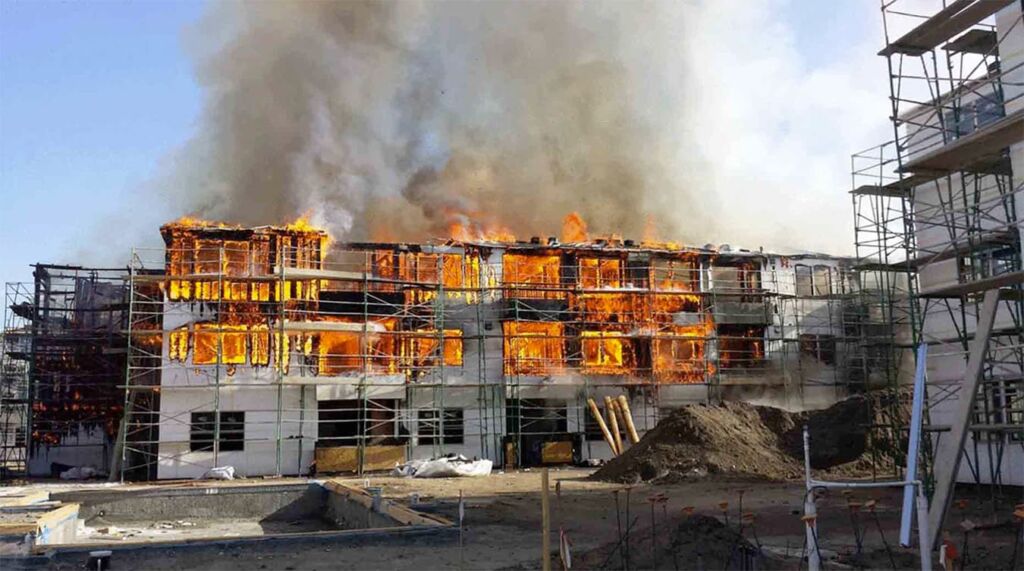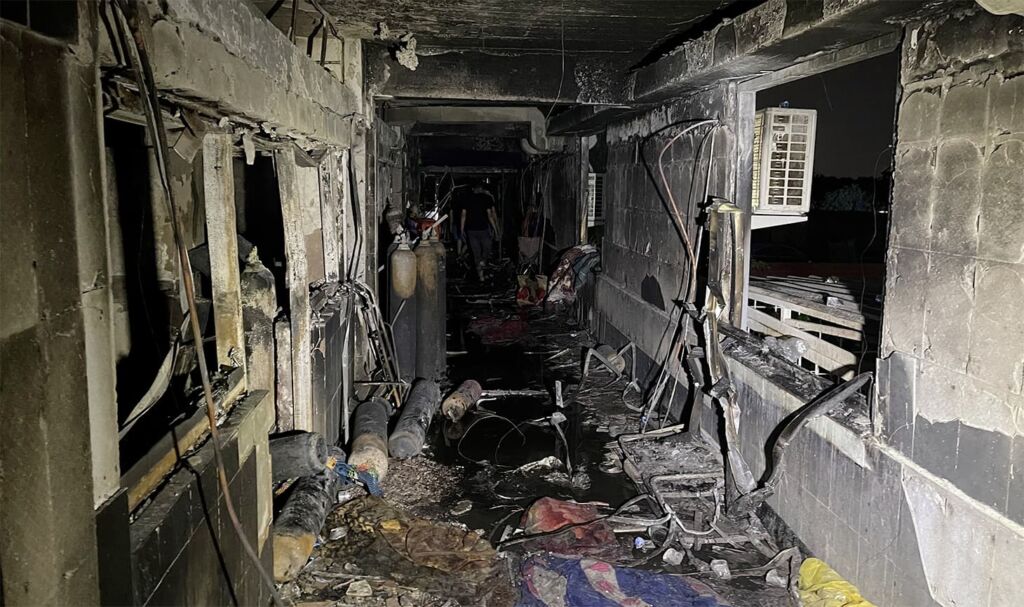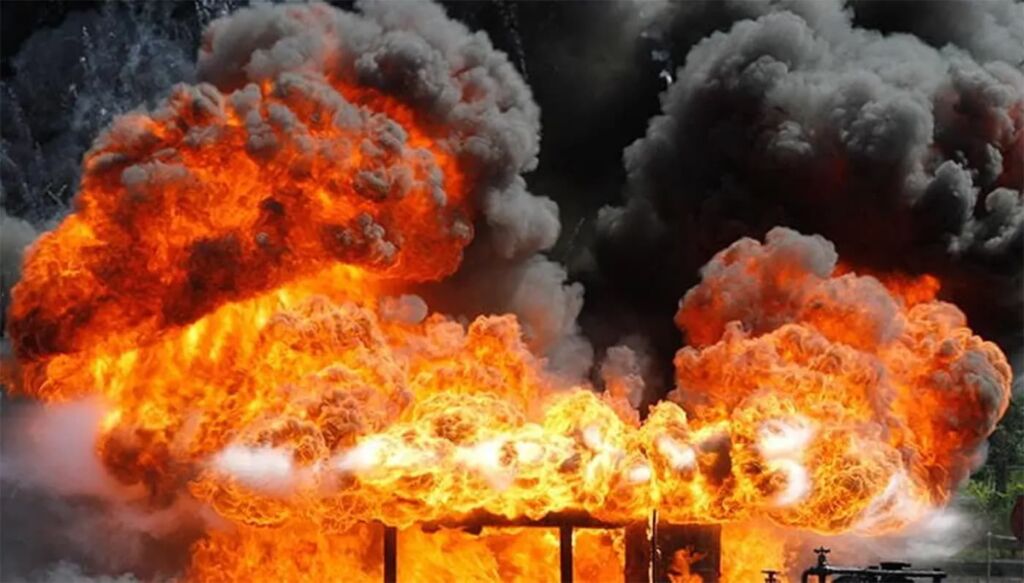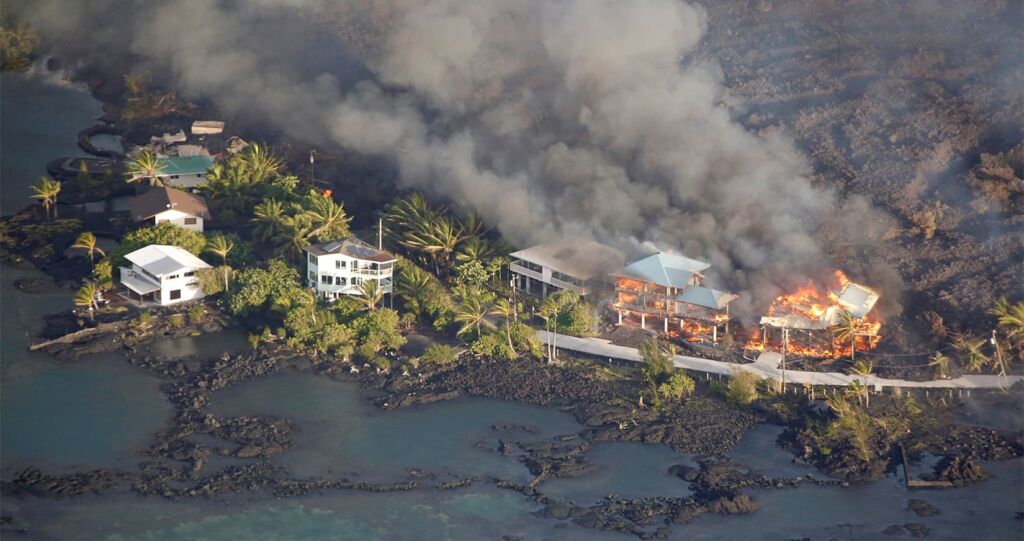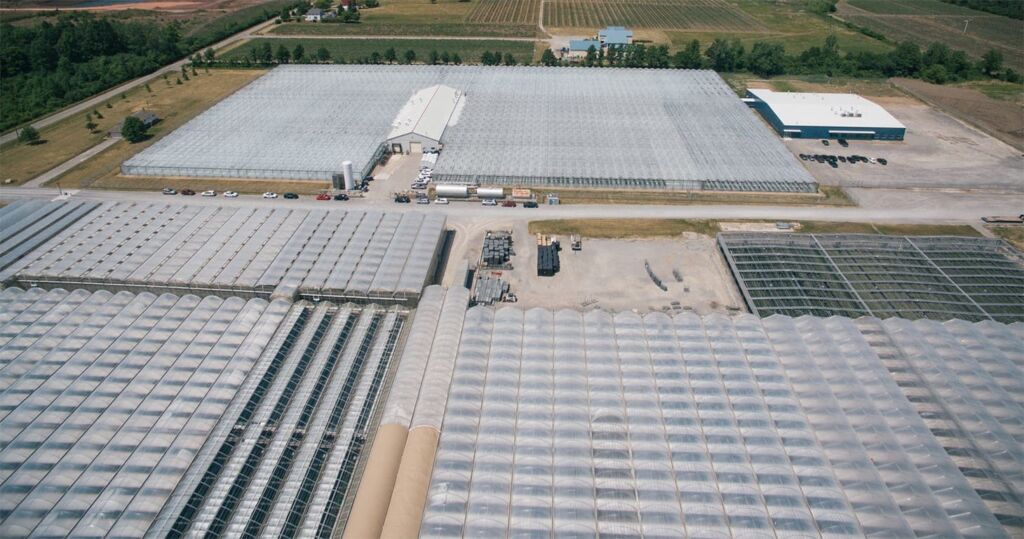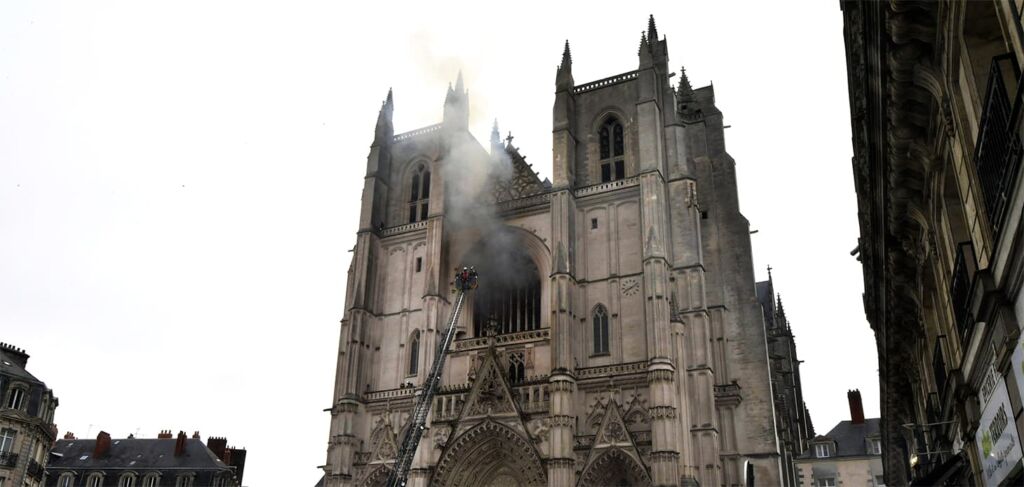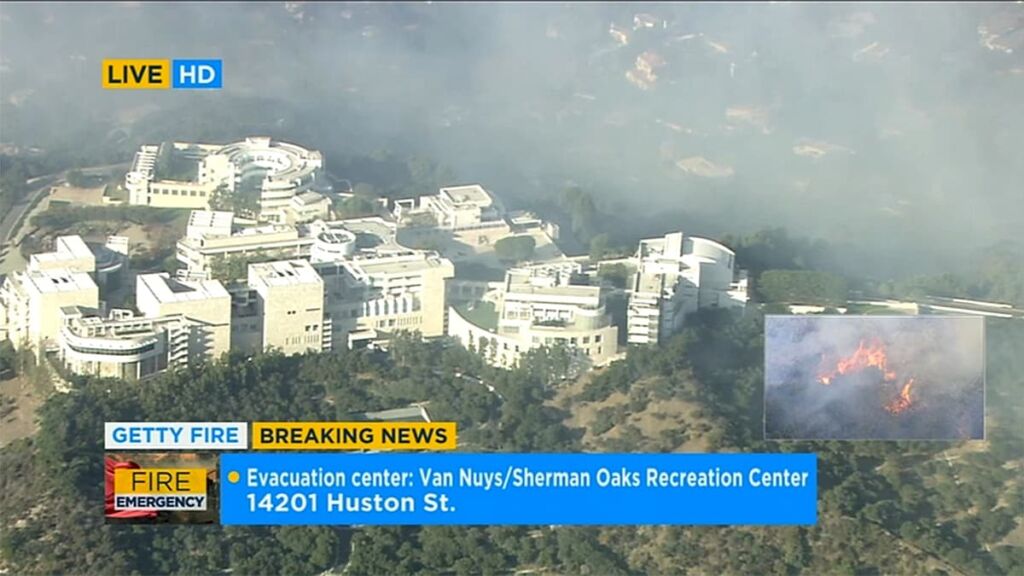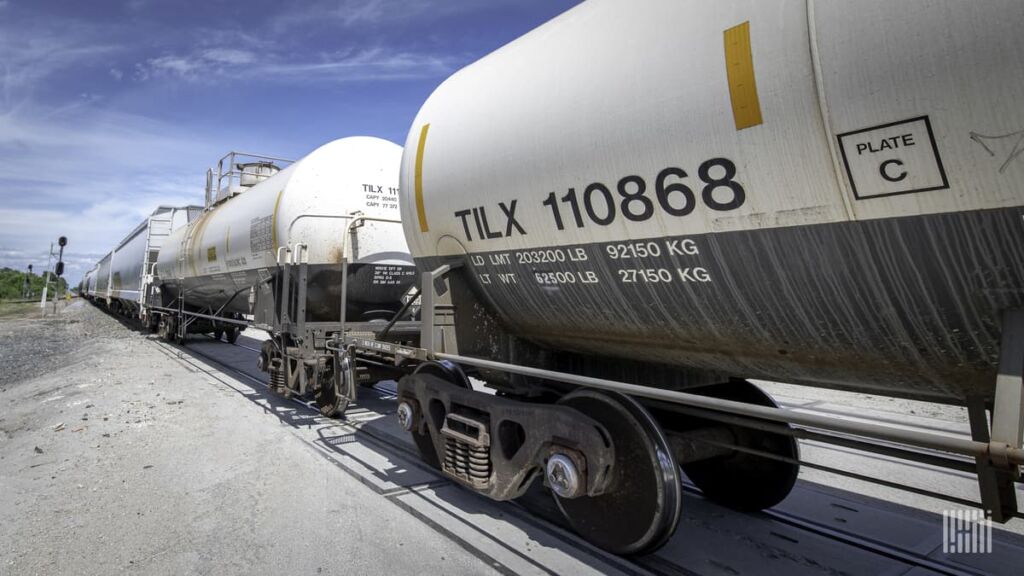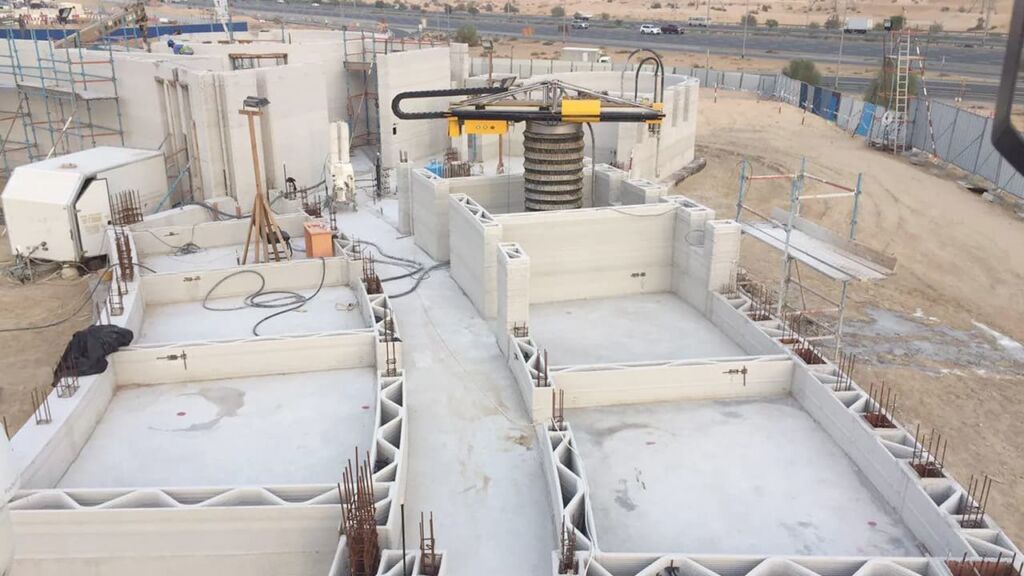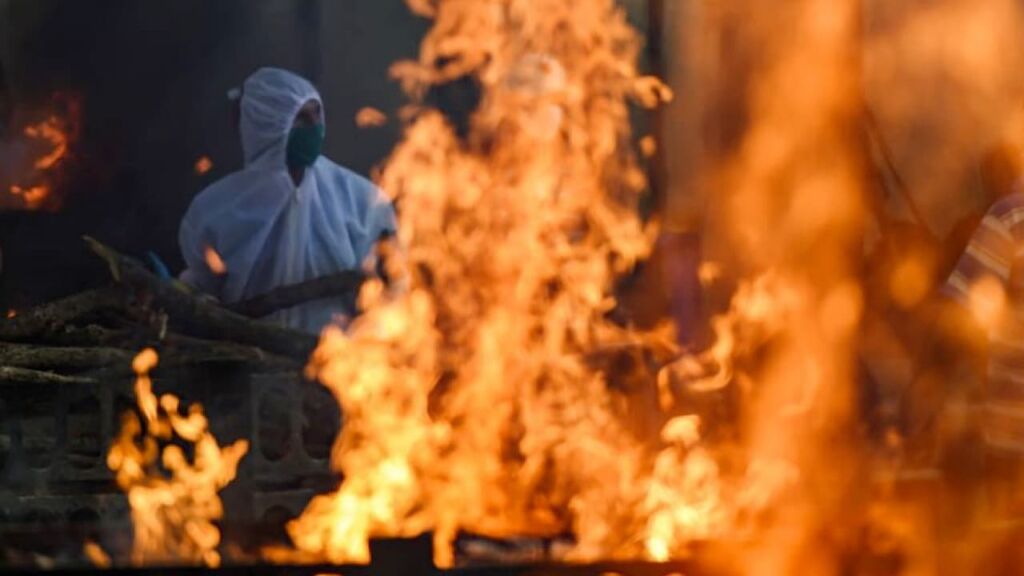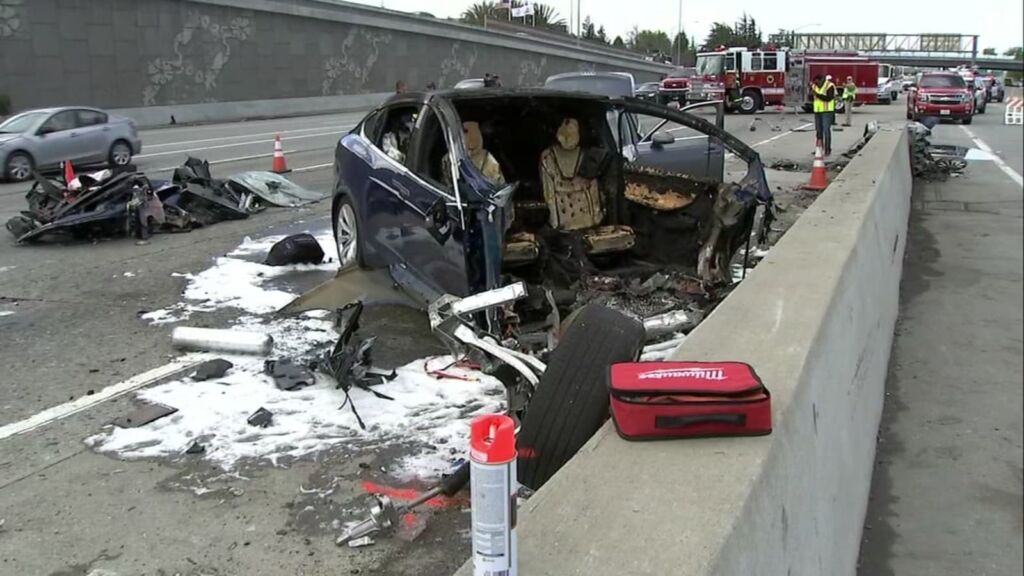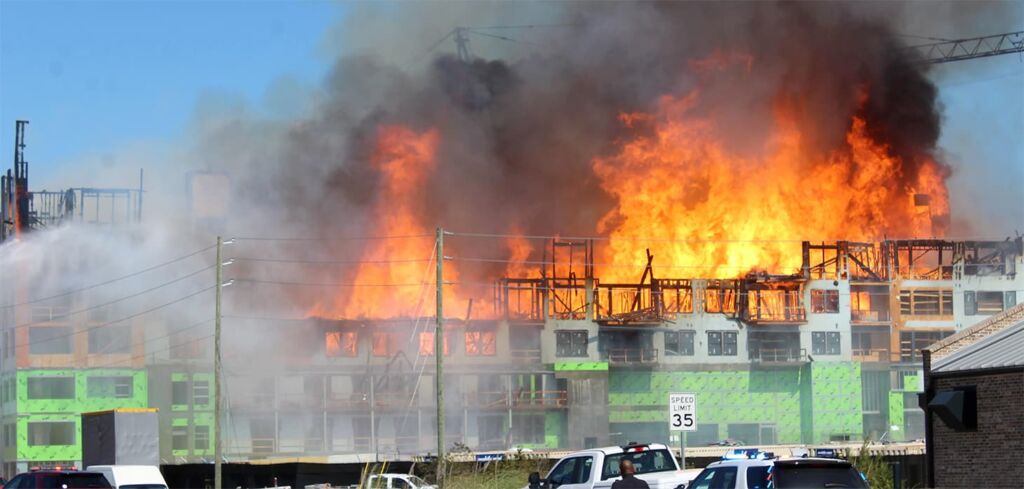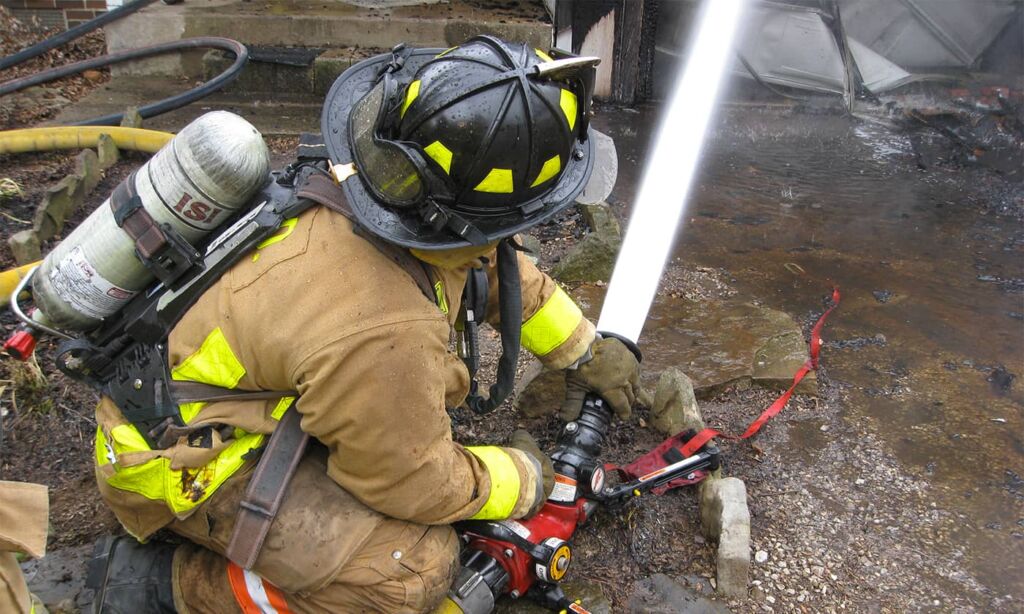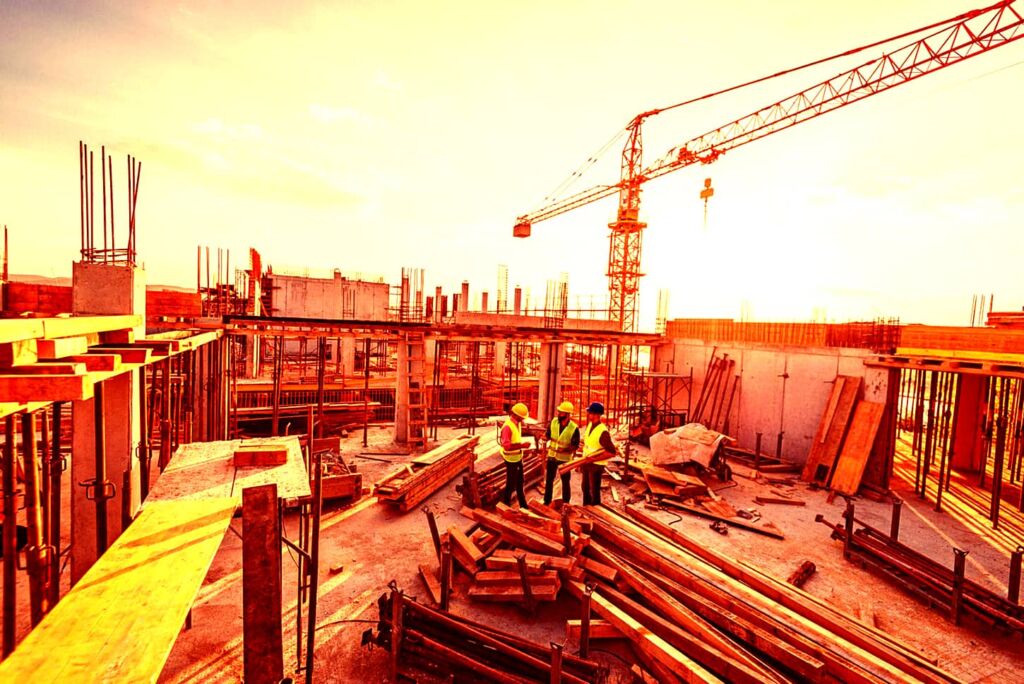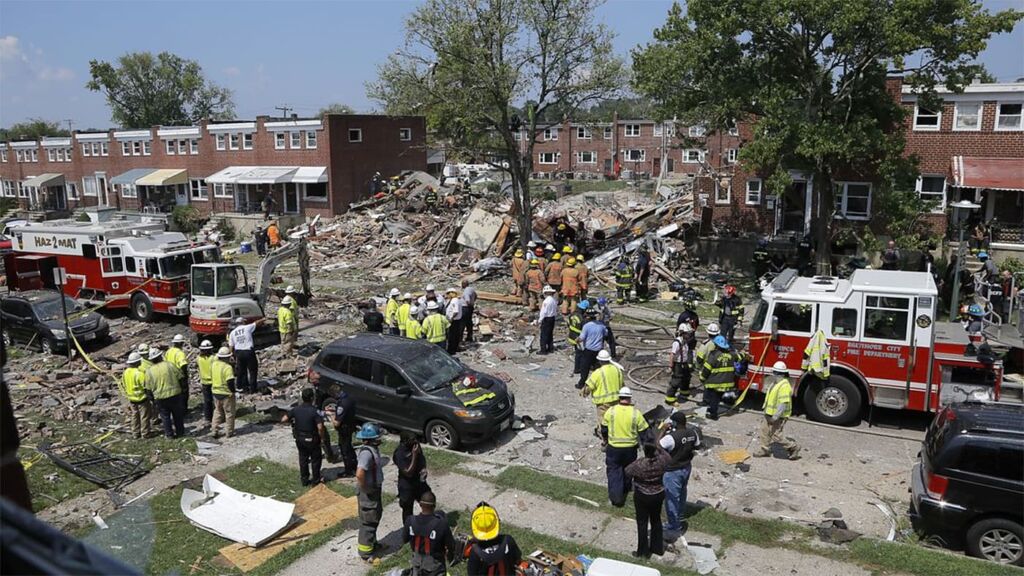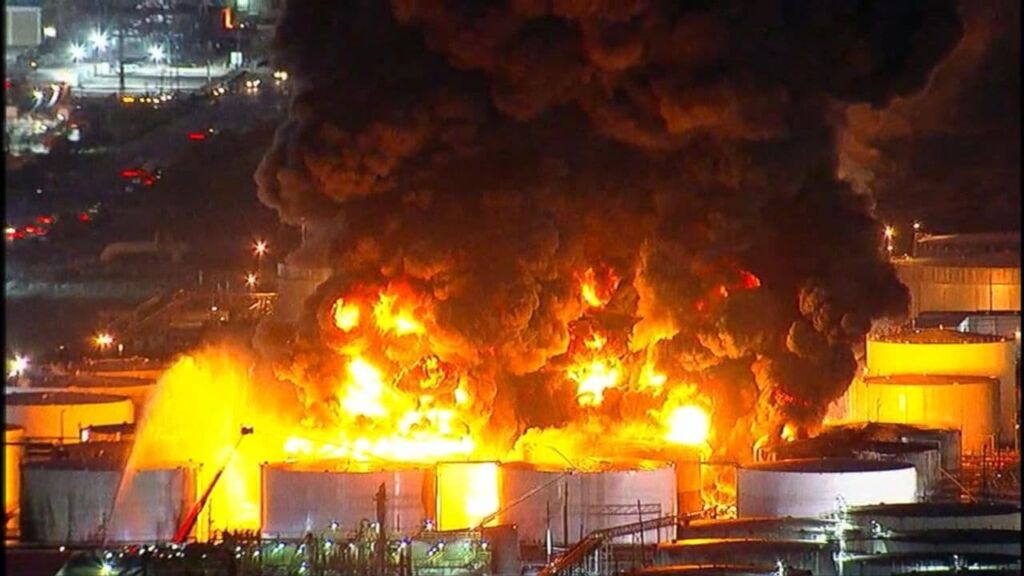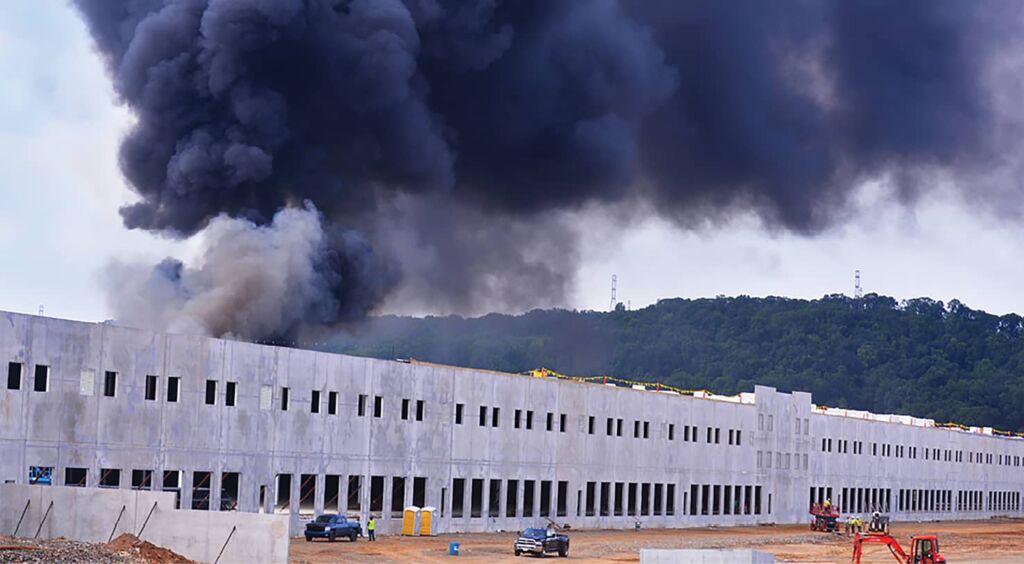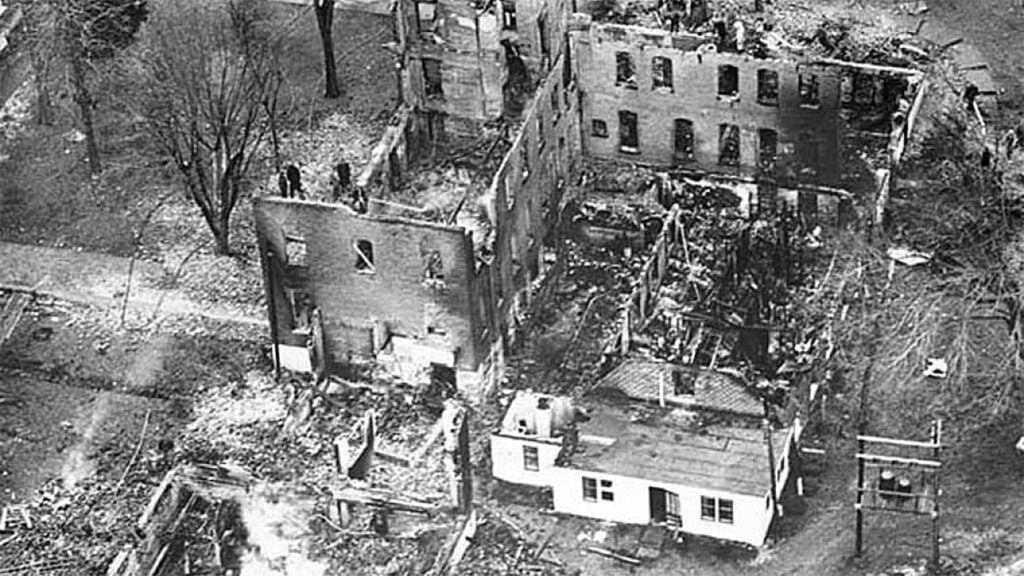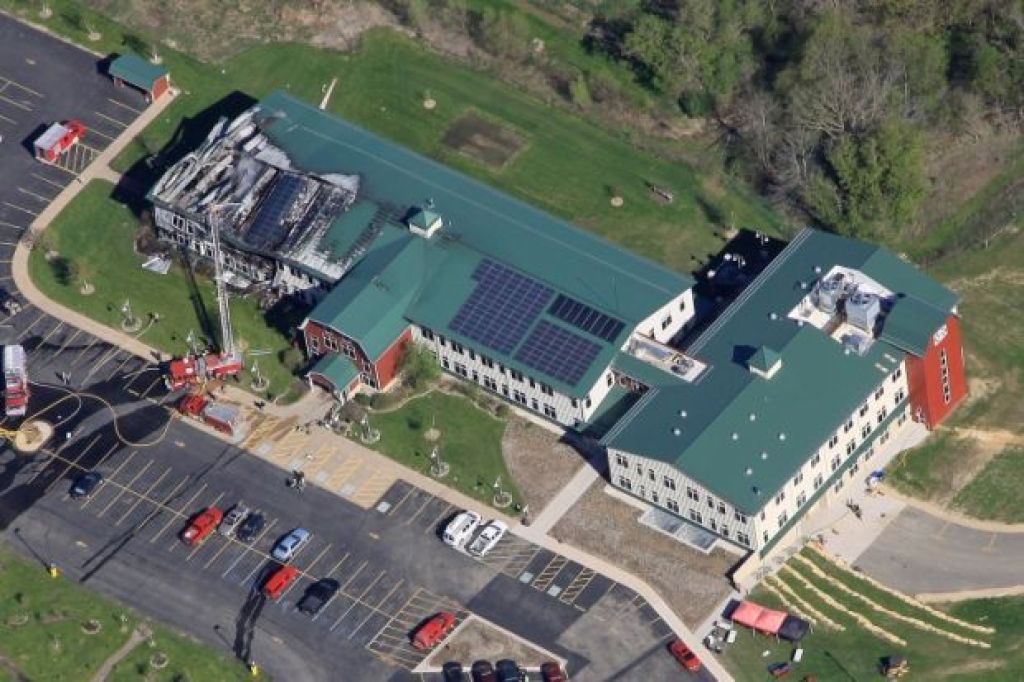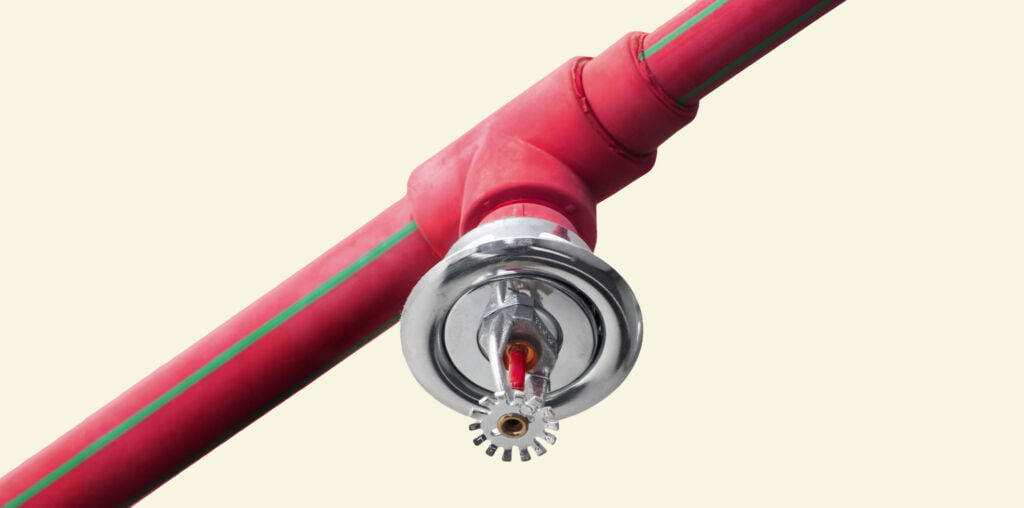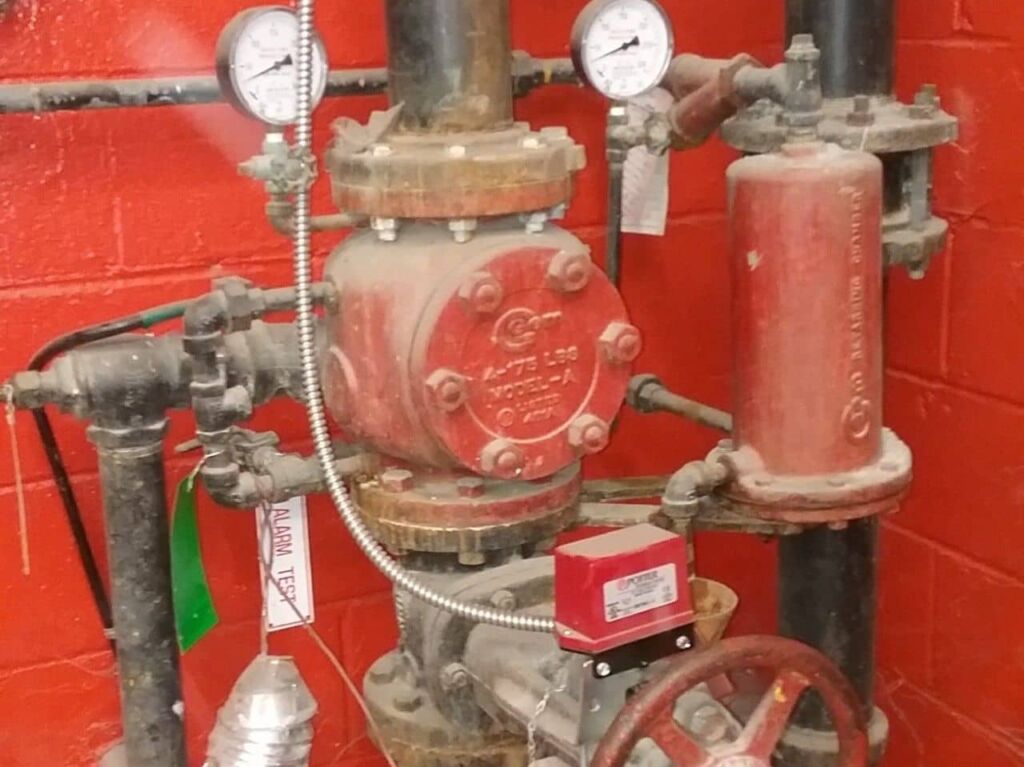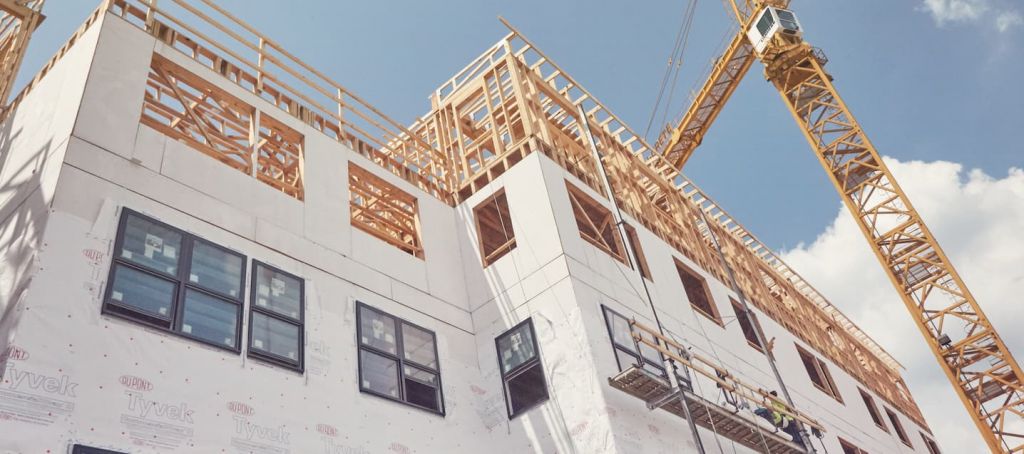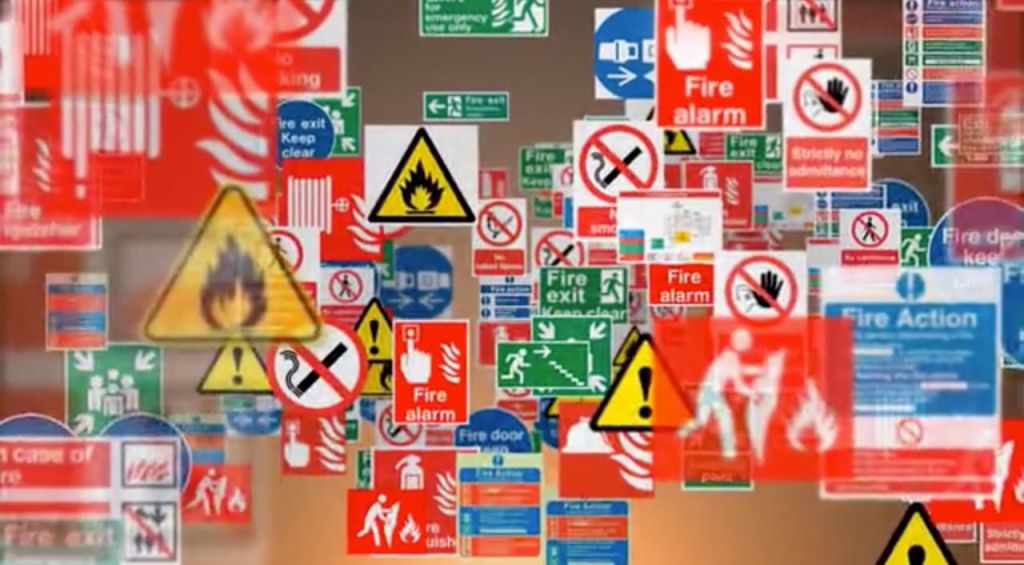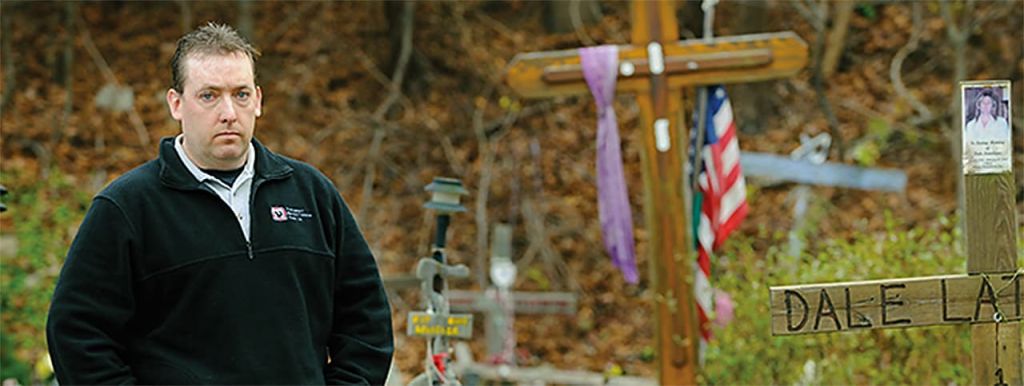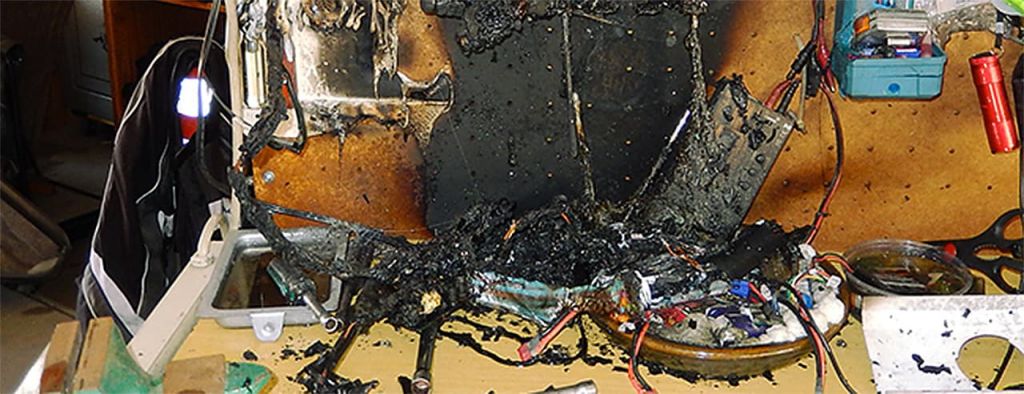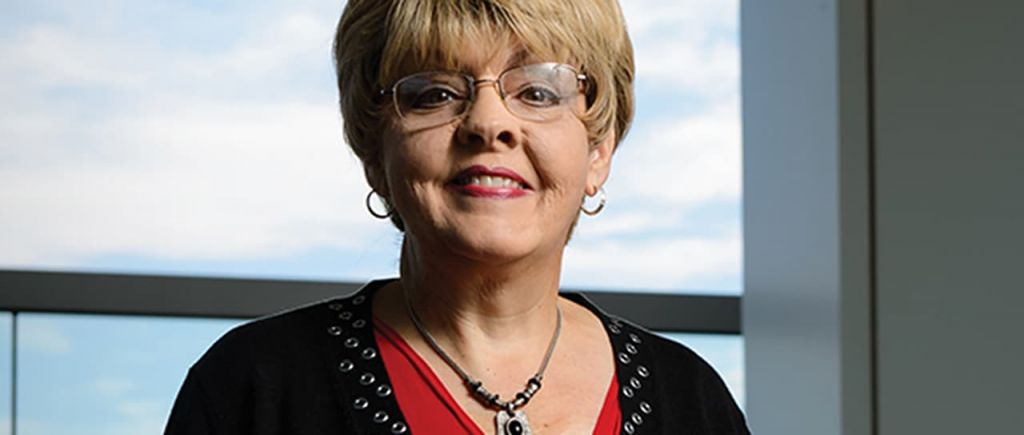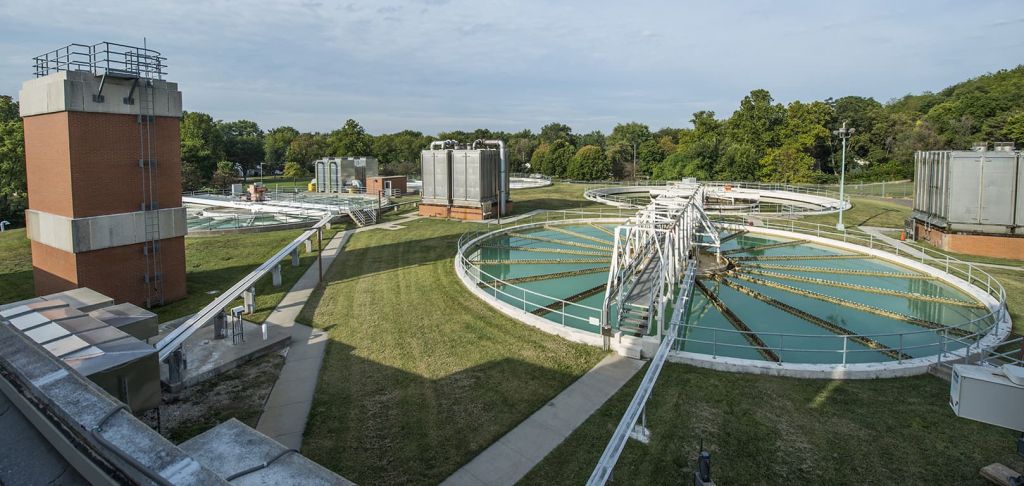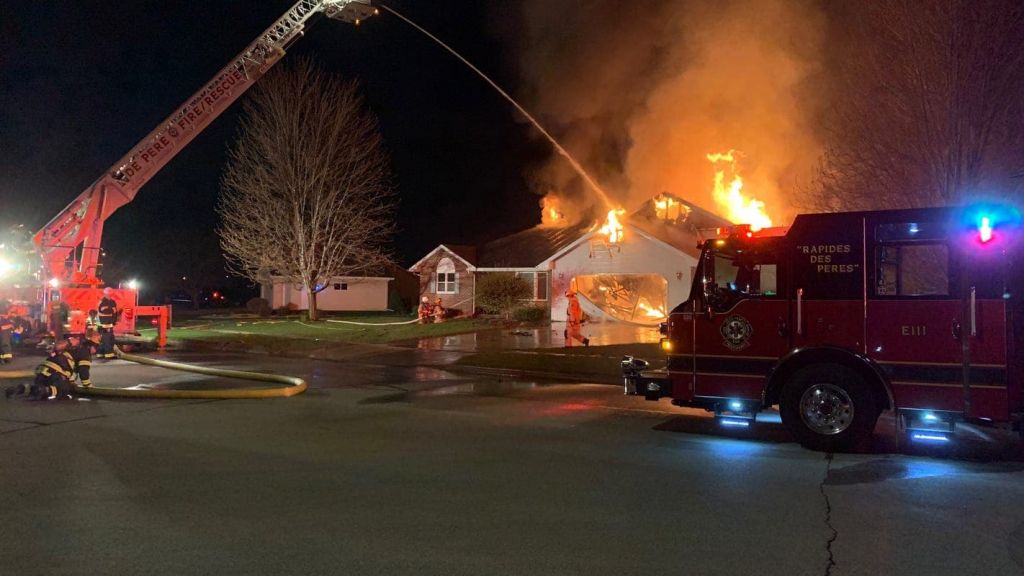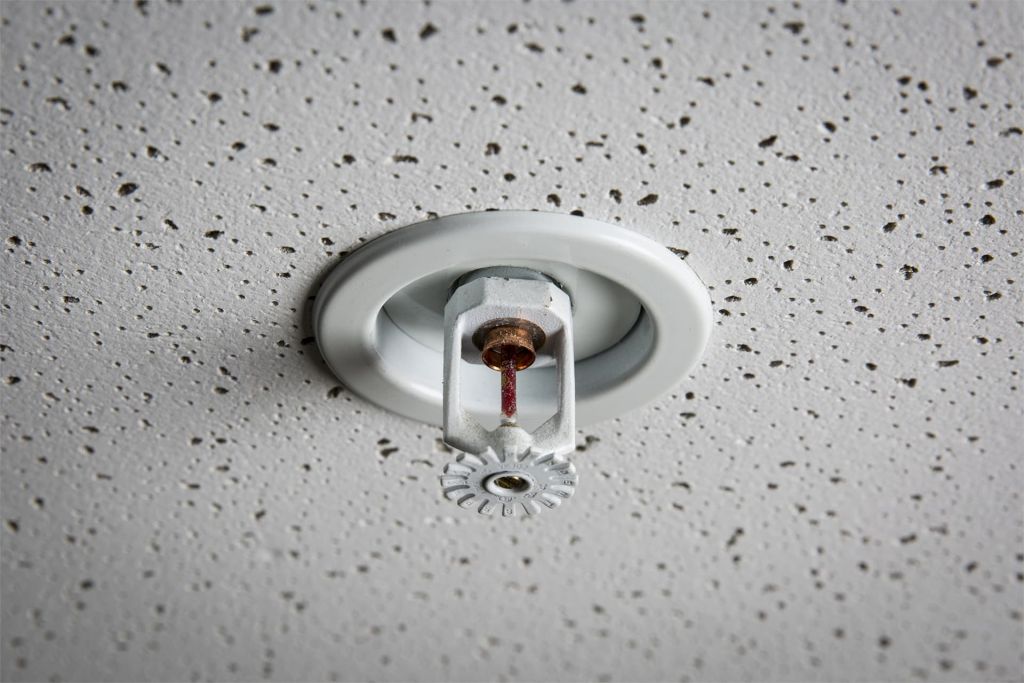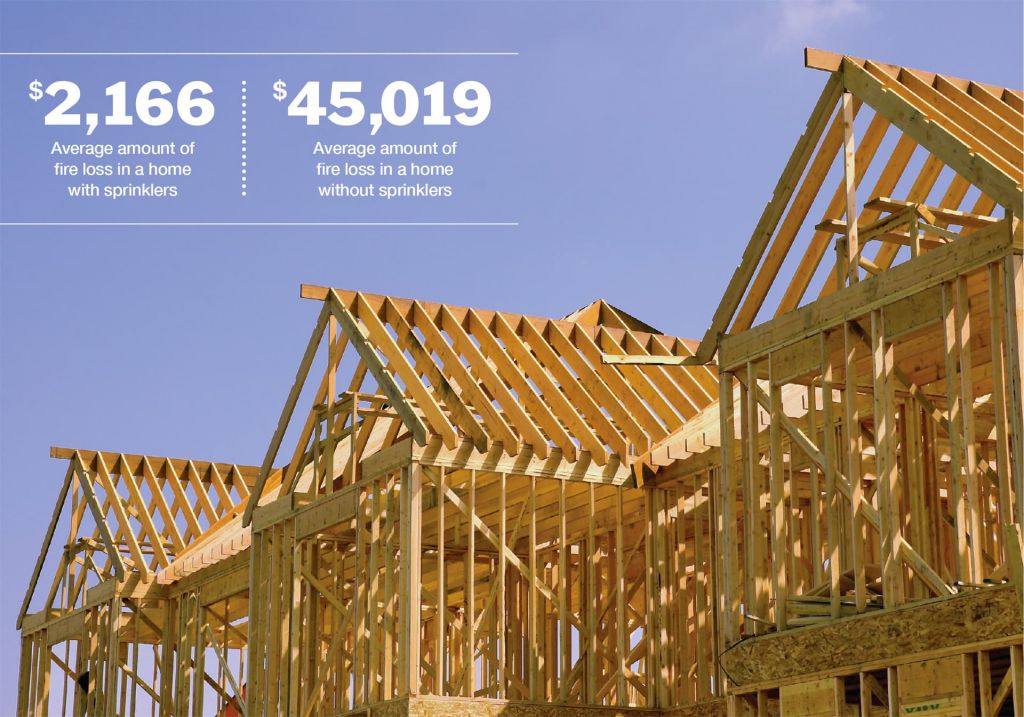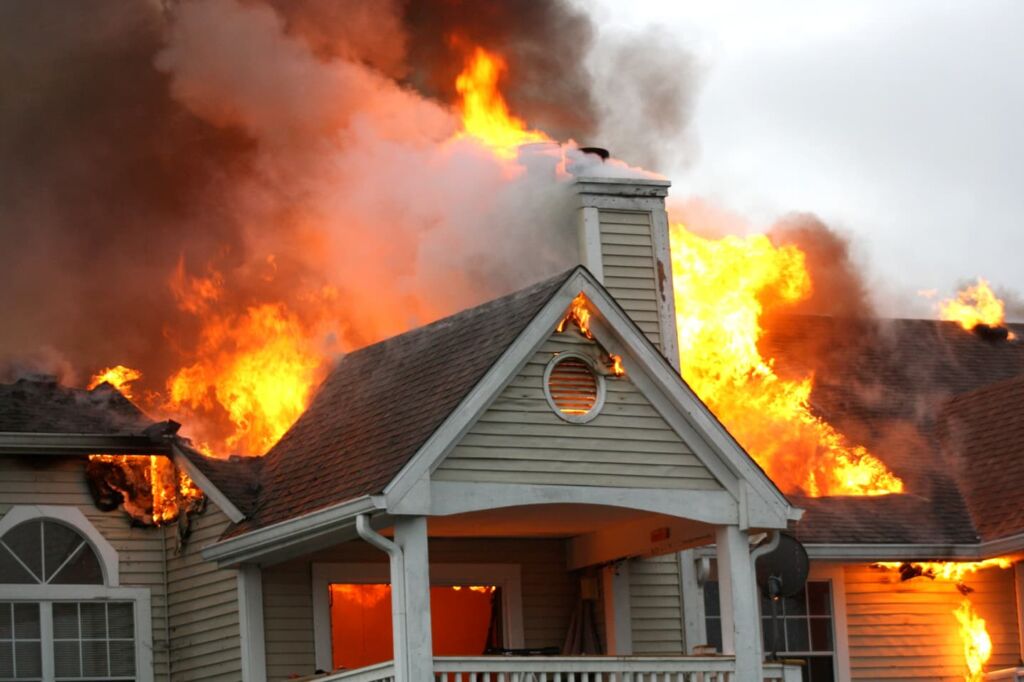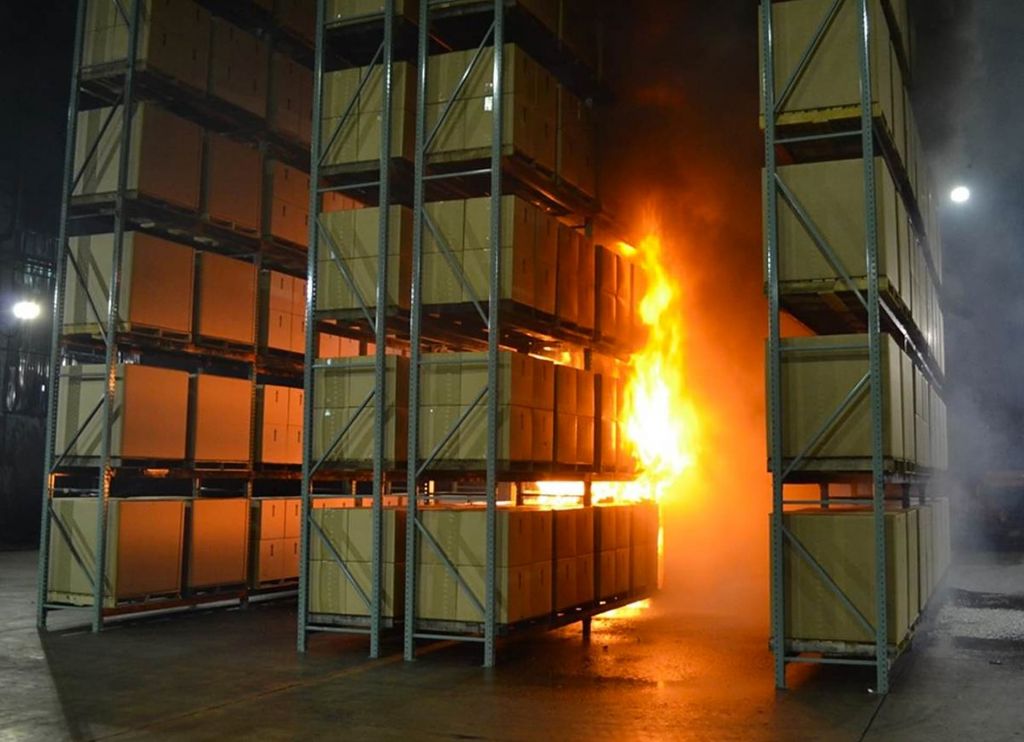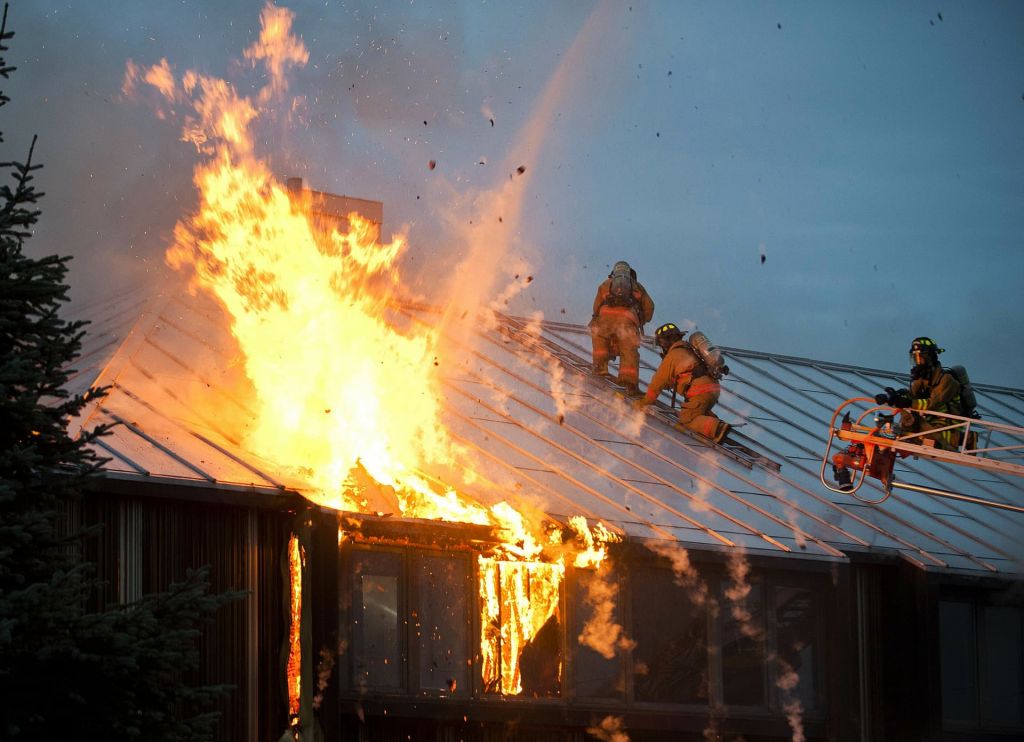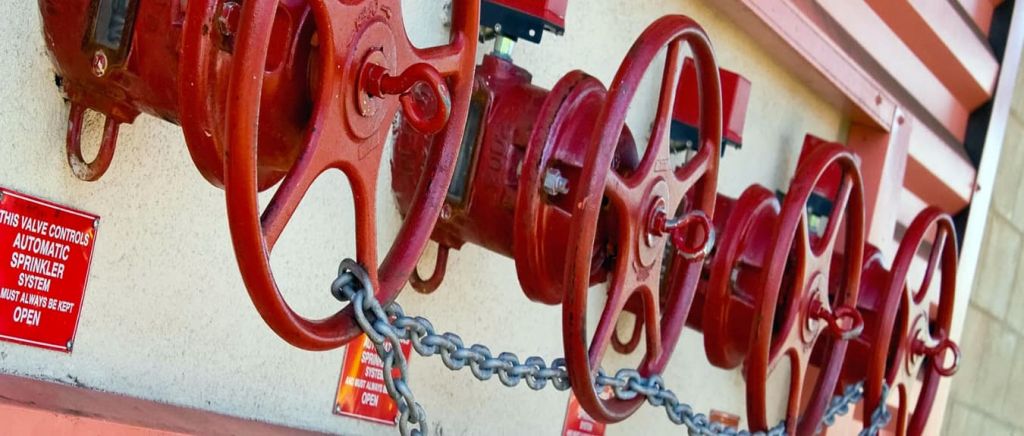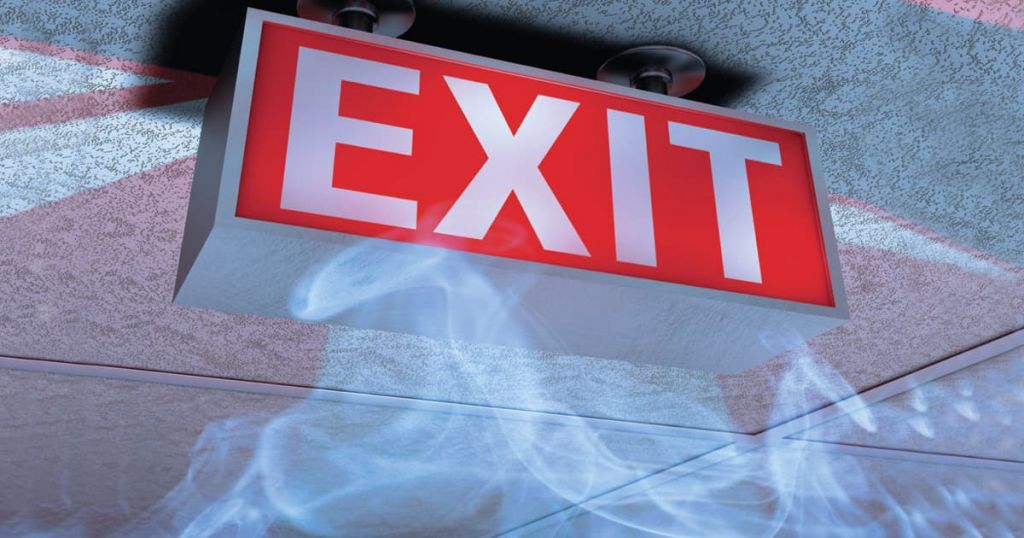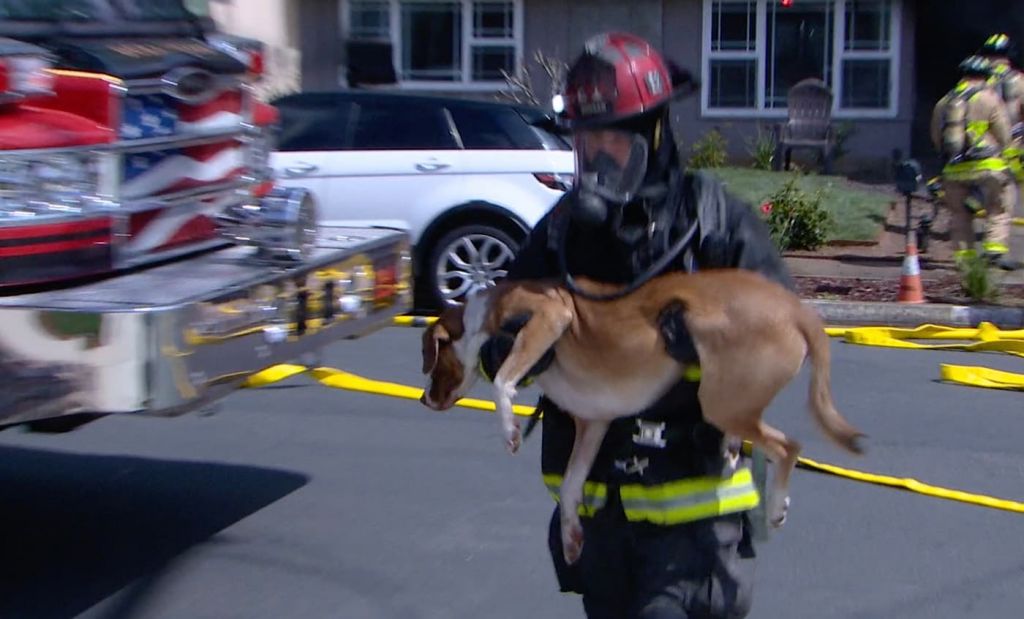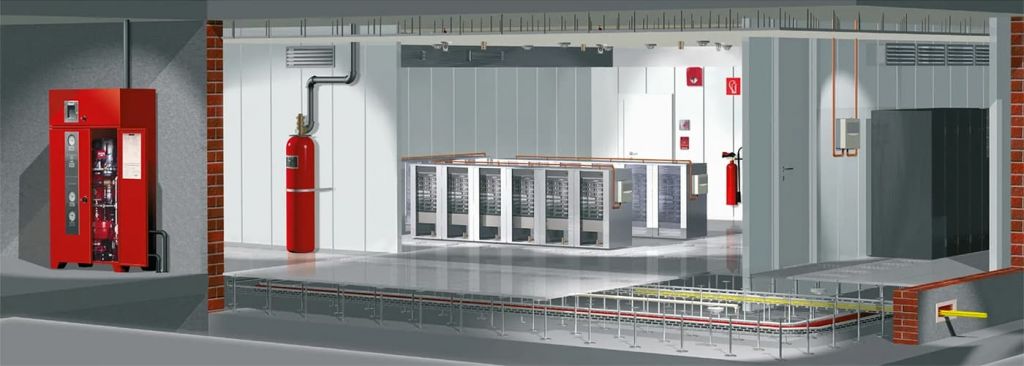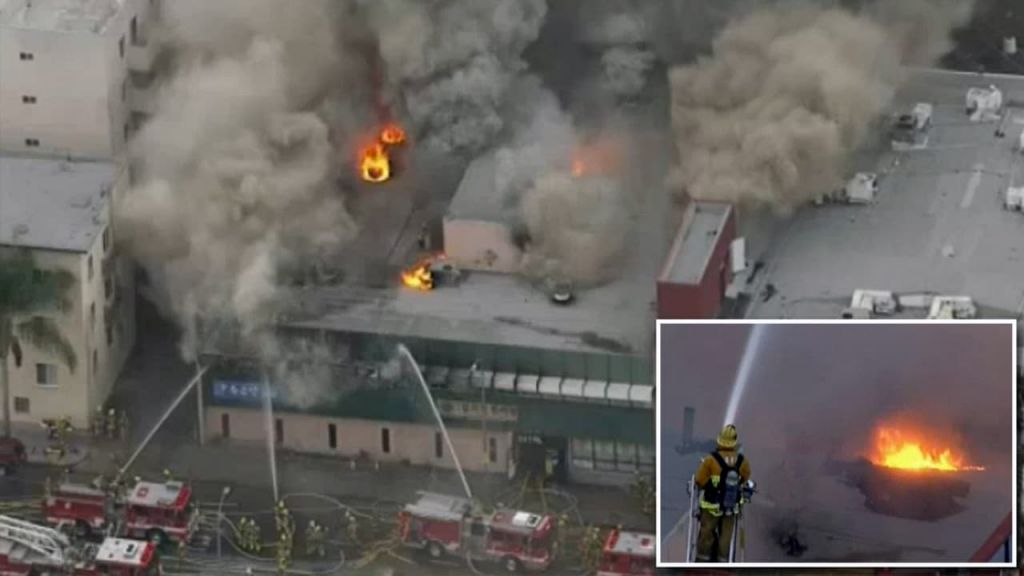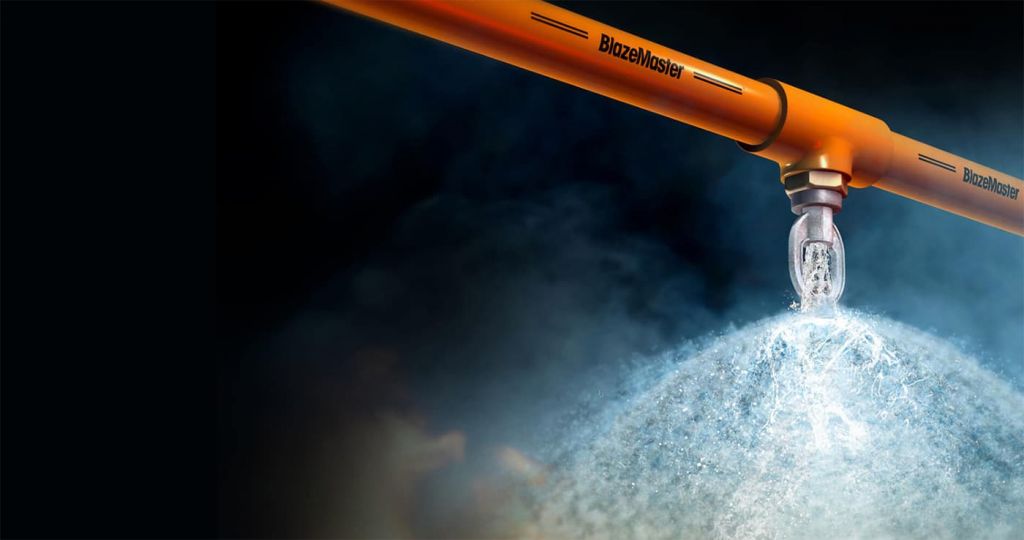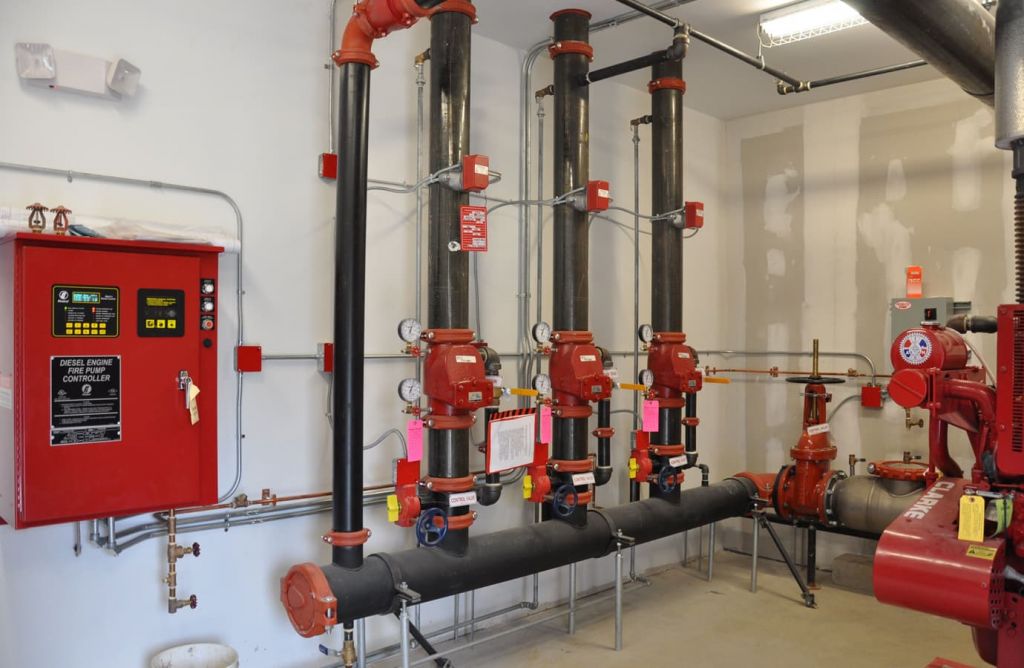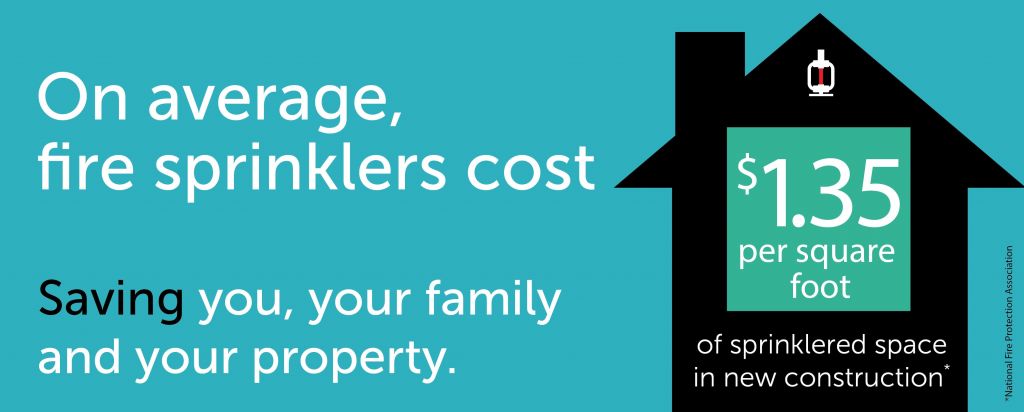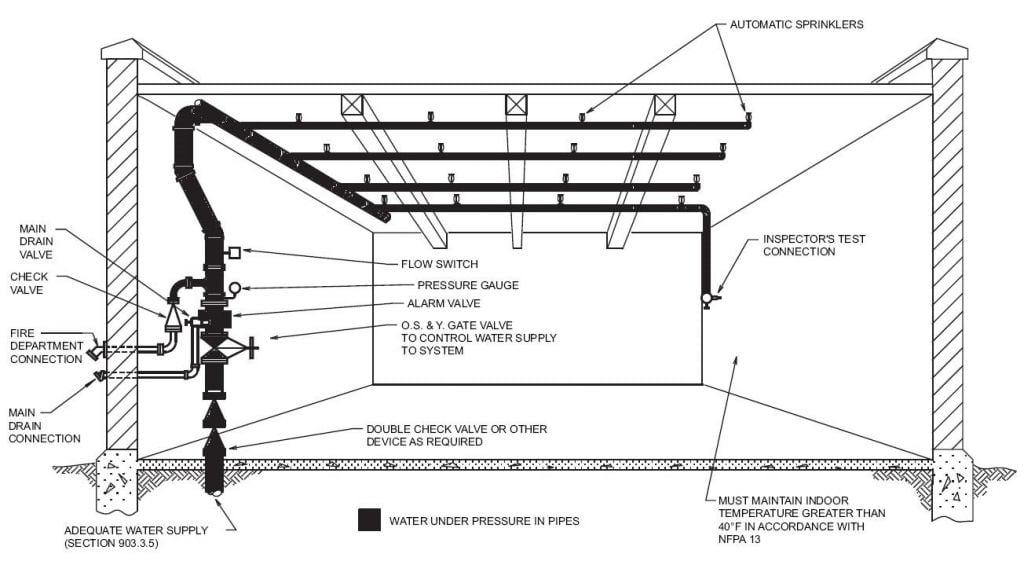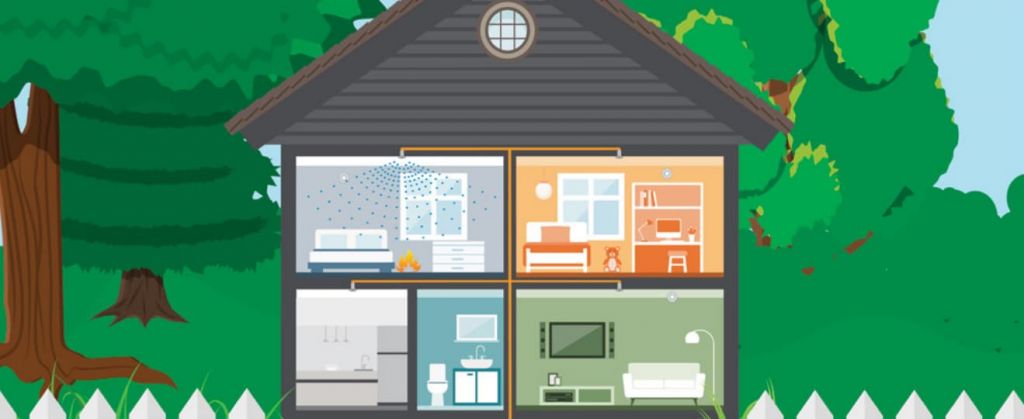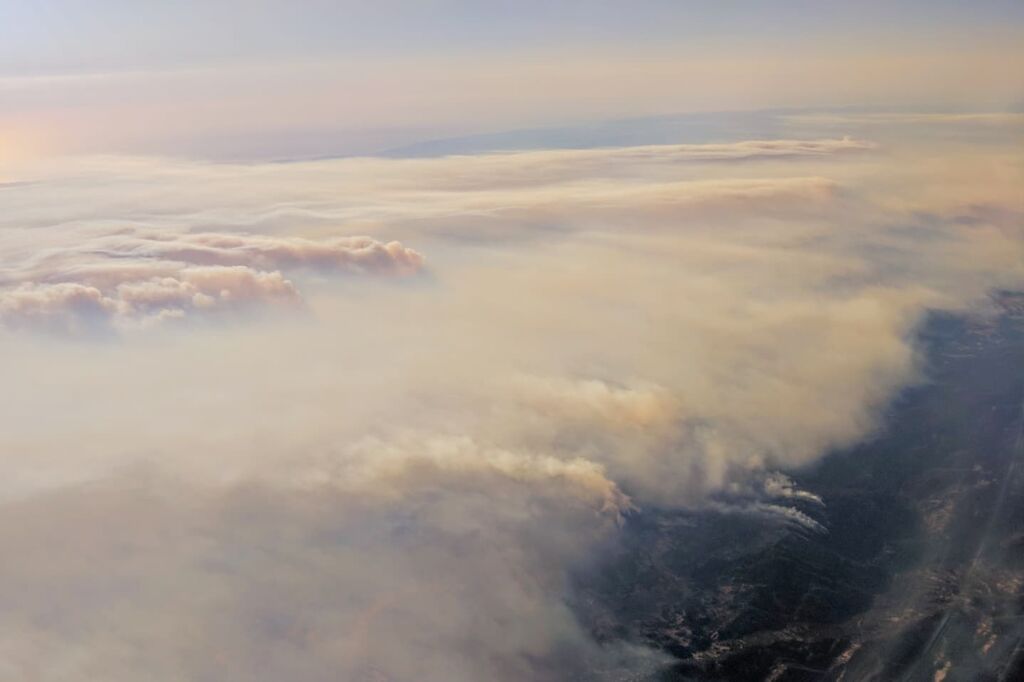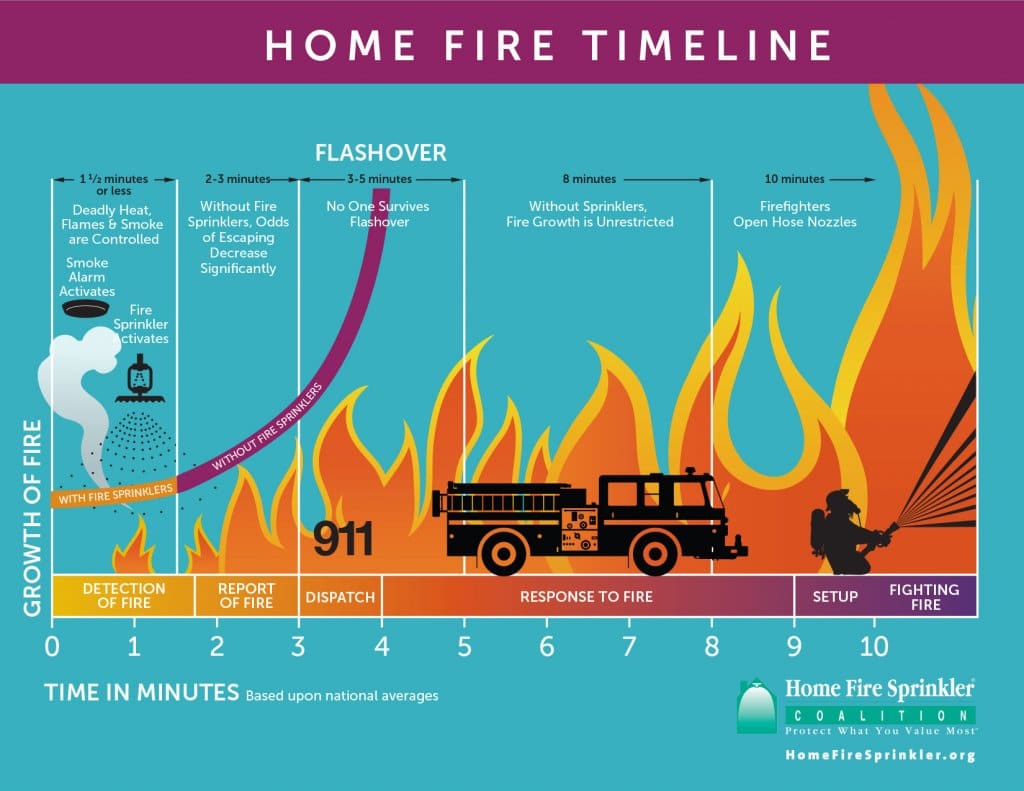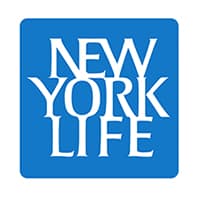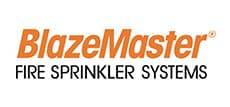Precision Fire Protection News
Workers Around the World Are Concerned About on the Job Fire Risk
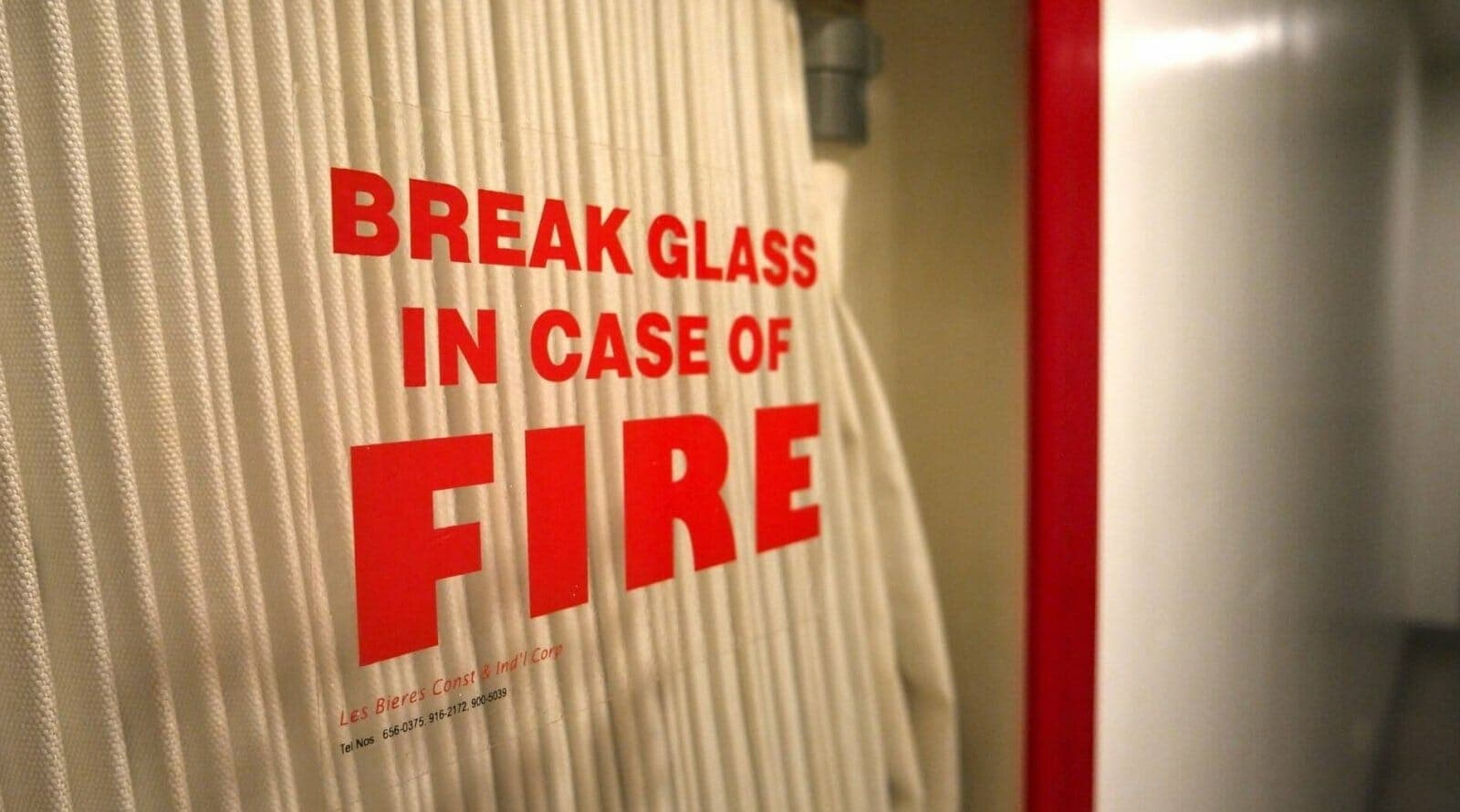
In the spring of 1911, the Triangle Shirtwaist Factory fire in New York City killed 146 workers, mostly young women. Most of the victims either burned to death near a locked exit door or chose to jump from windows on the building’s ninth floor. They did not die in vain, however; the fire inspired important safety advances, including the creation of NFPA 101®, Life Safety Code®, and the establishment of the American Society of Safety Engineers (now the American Society of Safety Professionals).
Fast forward to today. According to NFPA statistics, between 2014 and 2018 the average number of people who died each year in buildings associated with manufacturing, industrial, storage, and business was 52—a testament to the success of changes made since 1911, but also a reminder that our work is not done.
Catastrophic multiple-death workplace fires have become rare in the US, and it can be easy to overlook the global issue of fire safety in the workplace. It was a reality check for me to read the first-ever World Risk Poll by Lloyd’s Register Foundation, where 25 percent of workers worldwide cited fire as a source of risk while on the job. As many as 10 percent of workers worldwide had been harmed by fire on the job. Fire was considered a high workplace risk in most regions of Africa, the Middle East, and much of Asia. In Bangladesh, which has experienced large losses from factory fires in the past decade, half of the workers surveyed identified fire as a risk.
The risk poll illustrated that people largely supported government safety regulations in the workplace, emphasizing the importance of government responsibility in a safety system. But safety regulations will not be as effective if workers are not educated about their importance. The poll showed that those who thought safety rules made their jobs more difficult were almost twice as likely to be injured at work than those who found safety rules to be a good thing. This shows the impact of a skilled workforce. Government responsibility and a skilled workforce are two important components of the NFPA Fire & Life Safety Ecosystem™ that impact fire safety at work.
The differences between high-income countries with well-developed fire and life safety ecosystems and lower- and middle-income countries where fire safety often takes a back seat are easy to see in the risk poll. While it’s tempting to suggest that those nations should simply adopt our codes and standards to improve their levels of safety, to do so would be like short-circuiting the safety ecosystem. The US has had more than a century to improve safety since Triangle, but the rapid industrialization of many developing nations in recent decades has vastly outpaced safety advancements, leaving workers at high risk.
The clothes I’m wearing, along with many of the items that bring comfort to my life, may be produced by workers who fear the threat of fire at work. The world is intricately connected, and it is unacceptable for those of us in developed nations to turn a blind eye to the safety challenges of others. At the same time, it is not possible for us to simply impose our safety system onto their reality. We need to work together to adapt our 110 years of learnings to the problems developing nations face today.
Research is needed to help us identify safety gaps and figure out how we can adapt safety measures to the local context across the entire NFPA Fire & Life Safety Ecosystem. The World Risk Poll highlights the forgotten issue of fire safety at work and illustrates the need to enact regulations on fire safety measures, especially in lower- and middle-income countries. I hope this generates the momentum necessary to unlock much-needed funding for adapting safety measures through cooperation between local actors and global fire safety experts including NFPA.
PEOPLE We Protect
Our Distributors and Suppliers
Experience
Our team started in the fire protection industry over 20 years ago. Since then we have grown into a statewide fire protection construction leader. Our team of project managers, engineers, designers, inspectors, installers, and technicians all share a passion for quality work and high standards. Precision Fire Protection understands the need to complete projects with integrity, safety, and precision!
Dedication
Our mission is to provide our customers with timely, high quality, affordable fire protection services that are guaranteed. We strive to achieve our client’s complete satisfaction. We are relentless in applying the highest ethical standards to ourselves and to our services and in communications with our customers. We aim to fulfill that mission in everything we do.
Precision
Precision Fire Protection keeps its team together, even when it's not. Just as vital as field personnel’s tools are, our project managers are equipped with the latest software to manage projects. Our project managers send dailies, RFIs, and plan revisions to the cloud so that everyone has access no matter where they are. Being connected is our way of ensuring every project goes smoothly.
Safety
Our team of multi-certified managers and supervisors are highly experienced in job safety. Our managers are OSHA certified to handle each project with care and sensitivity to every unique job site. By ensuring on-site safety on every project we work on throughout Southern California, Precision Fire Protection has developed positive relationships with our General Contractors.


















